Some stories just deserve another read. Here, in no particular order, are some we think are deserving of that.
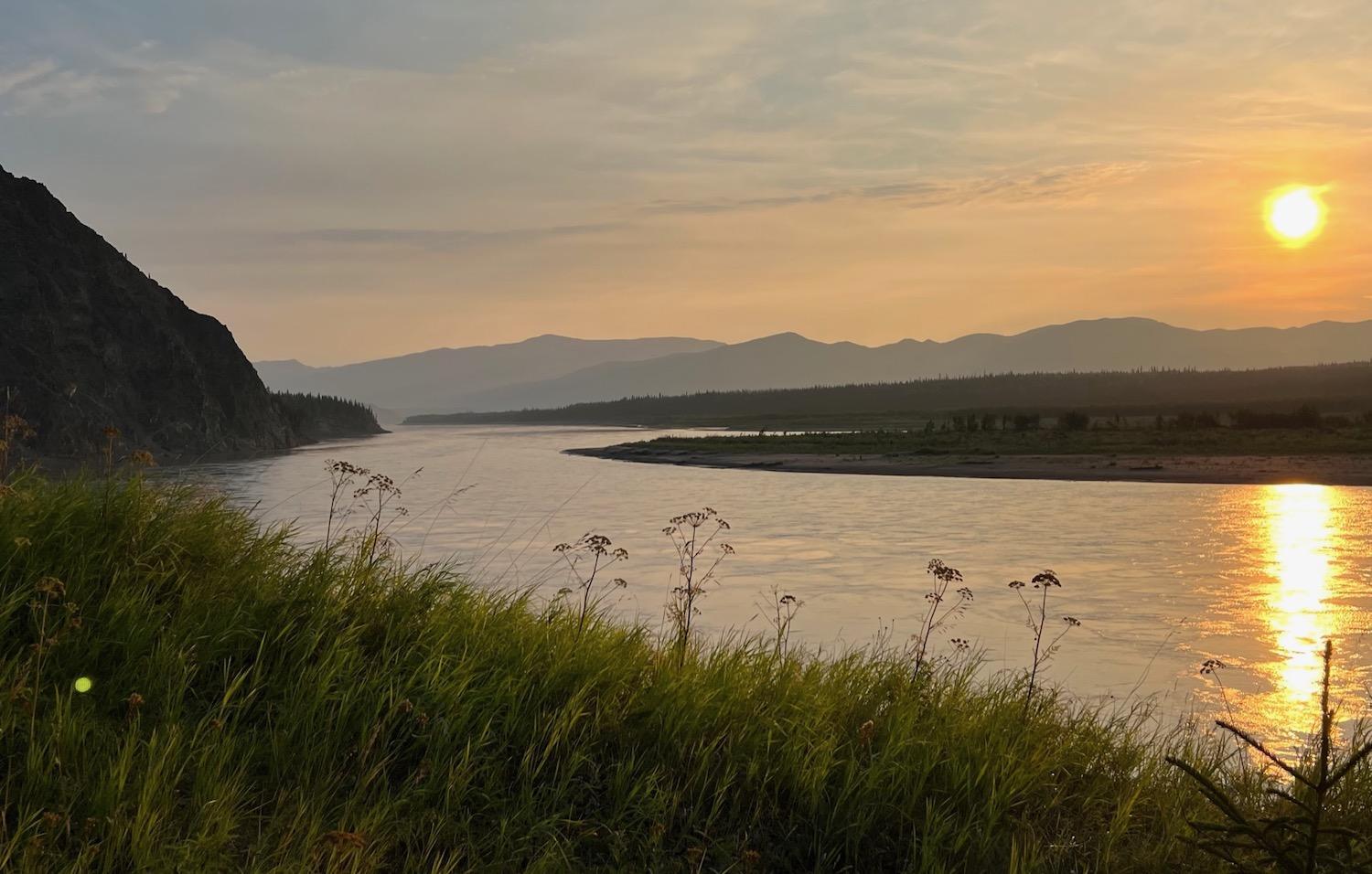
Managing wolves at Yukon-Charley Rivers National Preserve is a complicated business/Barbara "Bo" Jensen
The Wolves Of Yukon-Charley Rivers National Preserve
By Barbara 'Bo' Jensen
YUKON-CHARLEY RIVERS NATIONAL PRESERVE — I turn the Jeep north at Tetlin Junction onto Alaska’s Taylor Highway. I’ve been told this area from Tok to Eagle is wolf country. “But you probably won’t see any wolves,” people cautioned. “They’ll be deeper into the preserve.” I’m trying to remain realistic, pragmatic. Even so, I’ve crossed the Tanana River, hoping to find them anyway. I’m heading to Eagle. I want to know what’s happening with the wolves of Yukon-Charley Rivers National Preserve.
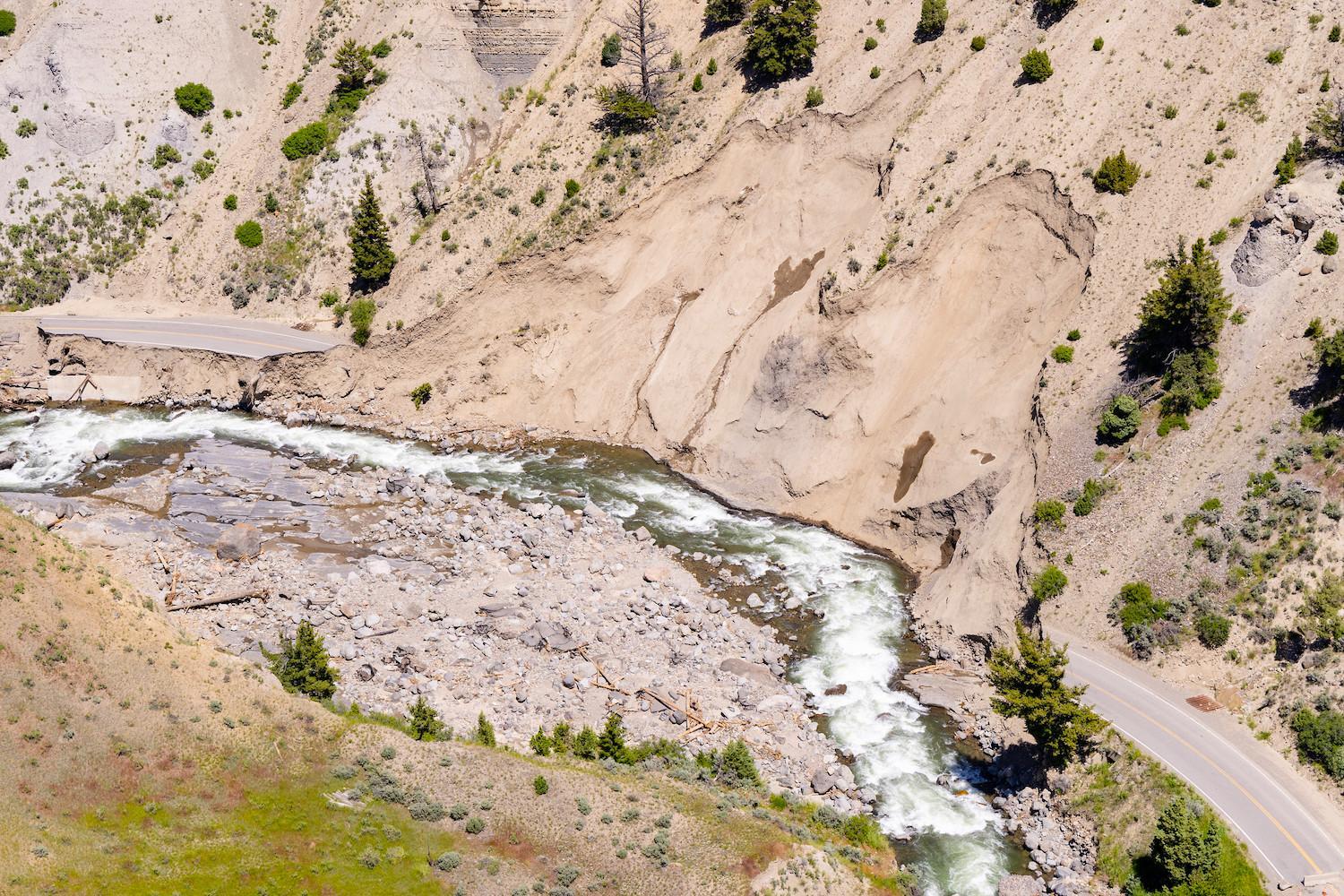
Flood waters and rock slides chewed through Yellowstone's North Entrance Road in June 2022/NPS, Jacob W. Frank
Climate Change's Grip On The National Parks
By Kurt Repanshek
Water, the universal solvent, is eroding parts of the National Park System. It is slowly overcoming Cape Hatteras National Seashore and has done significant damage to Yellowstone and Death Valley national parks, as well as Mojave National Preserve and Vicksburg National Military Park. And with climate change, it is gaining strength.
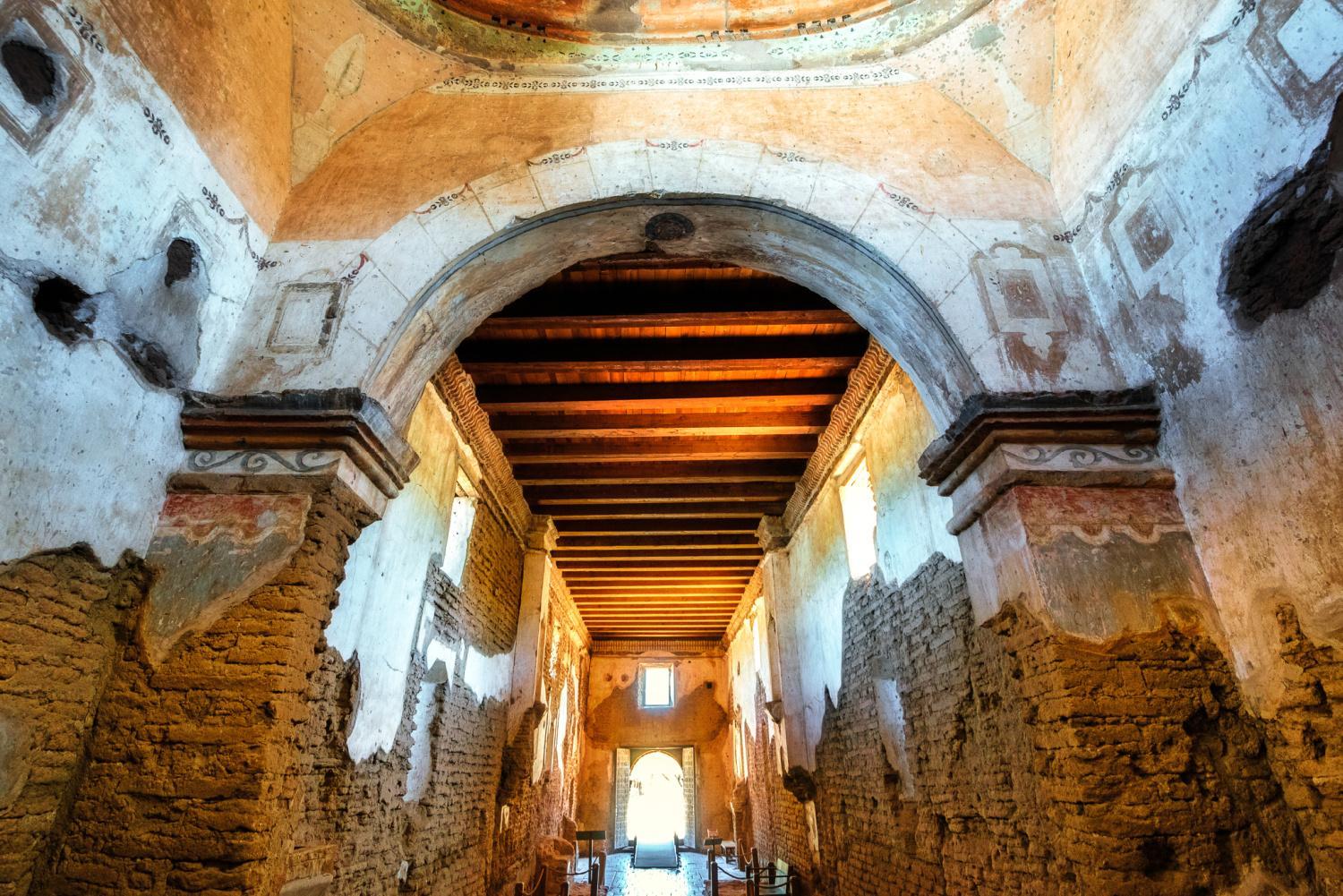
Tumacácori National Historical Park contains remarkable examples of adobe architecture that are now threatened by increasingly severe rain events/Michael Newberry
Water Worries: Threatened And Endangered Cultural Sites
Cascading effects of climate change, including increasing rain events and rising seas, are challenging cultural resource managers throughout the National Park System.
By Kim O’Connell
In the American Southwest, water is essential but often scarce. Ancient and Indigenous people learned to work with the water that was available, to follow the natural courses and cycles of water as it moved across the landscape. Today, climate change has disrupted those natural patterns, creating drought conditions that have brought the Colorado River and other Western waterways to historically low levels.
GAOA Successes Across The National Park System In 2022
By Lori Sonken
Across the National Park System, hundreds of millions of dollars obtained through the Great American Outdoors Act were put to work in the parks this past year.
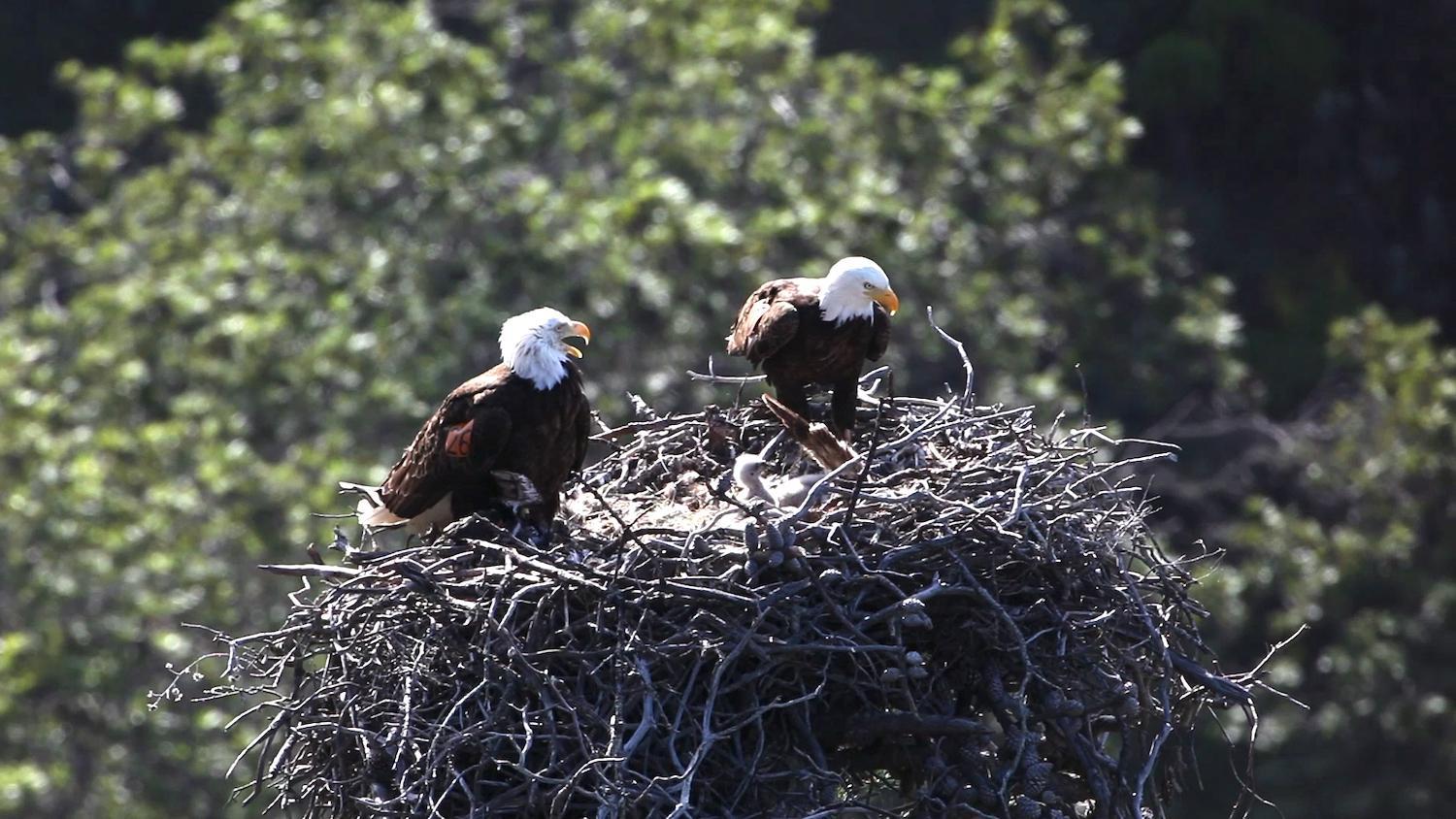
Bald eagles on a nest at Channel Islands National Park/NPS file
National Parks Are Vital In Recovering Threatened And Endangered Species
By Lori Sonken
Annie Little remembers the moment in 2006 when she and her colleagues realized they had succeeded in recovering the endangered bald eagle at Channel Islands National Park roughly 25 miles offshore of Southern California. They watched a chick’s birth captured live on camera inside its nest – the first time in more than 50 years that a bald eagle had hatched naturally in the park, and a reason to celebrate.
Adult Chinook salmon in Redwood Creek, Muir Woods National Monument/NPS, Natale Urquhart
Chinook
The mystery of the straying Chinook, climate change and salmon survival
By Rita Beamish
MUIR WOODS NATIONAL MONUMENT — National Park Service fisheries biologist Michael Reichmuth was stunned just over a year ago to see Chinook salmon showing up in Redwood Creek, a tiny stream that meanders amid the towering coast redwood trees — some of the giants nearly 1,000 years old — in Muir Woods National Monument.
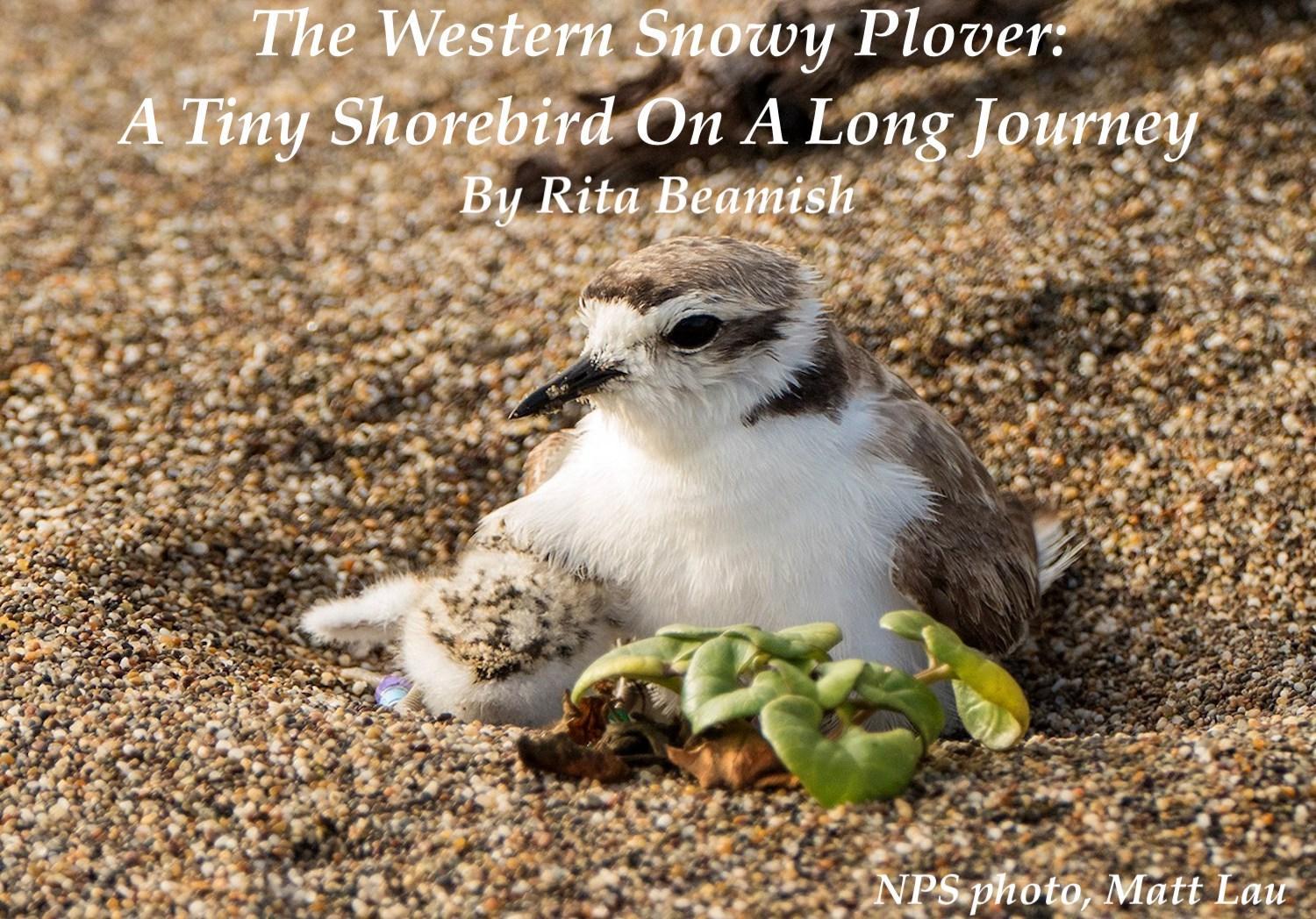
POINT REYES NATIONAL SEASHORE — Winter here was long, soggy and colder than usual as a stormy California freed itself from a brutal, multiyear drought. But springtime at long last emerged, and the king and queen again are sitting on their throne — or, specifically, their nest.
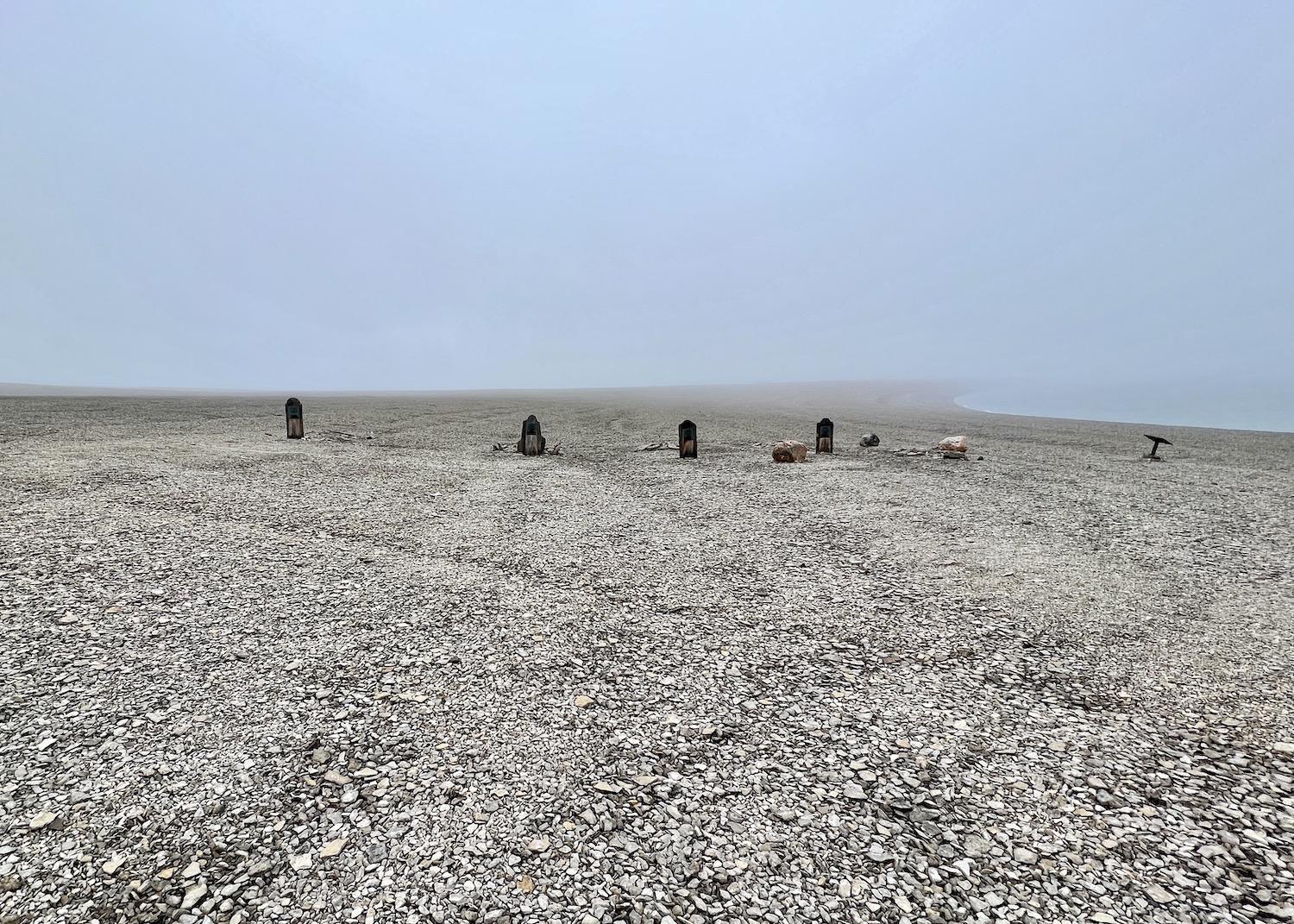
Beechey Island, Nunavut is home to graves from Sir John Franklin's doomed Northwest Passage expedition/Jennifer Bain
A Chilling Visit To Beechey Island To See The Franklin Expedition Graves
By Jennifer Bain
BEECHEY ISLAND — It was foggy with a high probability of polar bears the morning we anchored off desolate Beechey Island and held our breath waiting to hear whether it was safe to go to shore. The tension mounted over breakfast for those who had sailed from Greenland to Nunavut with the dream of seeing the place where Sir John Franklin’s doomed Northwest Passage expedition spent the winter of 1845-1846, and where three of his men are buried.
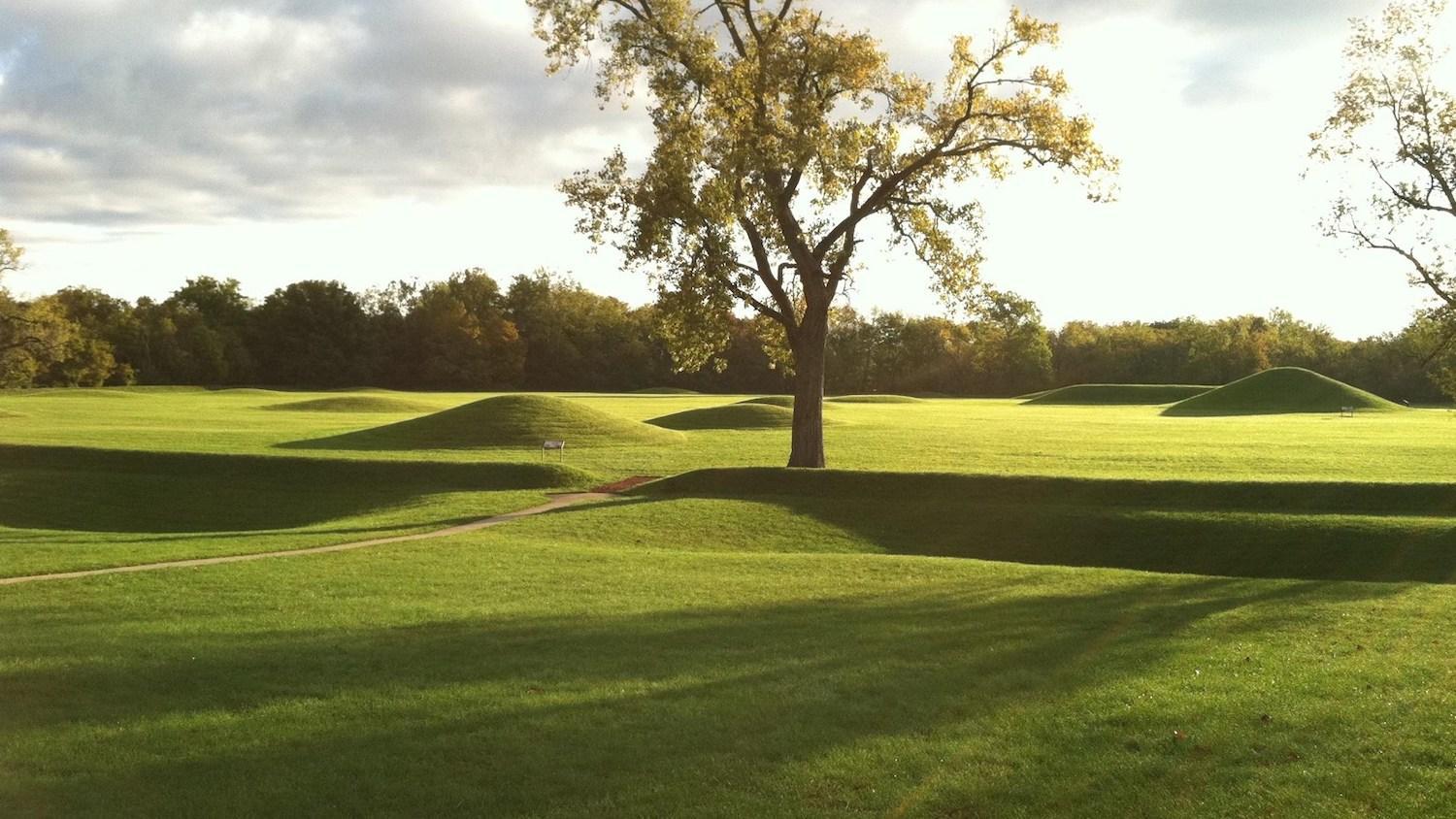
Hopewell Cultural National Historical Park is slowly giving up clues to its significance/NPS, Tom Engberg
Hopewell Culture: A Sacred Landscape
By Kim Kobersmith
HOPEWELL CULTURE NATIONAL HISTORICAL PARK — The first mound I see at Hopewell Culture National Historical Park is in a little green space off the parking lot. It is not large, about 6 feet tall, and its perfect shape indicates it was sculpted by human hands. It is cared for, mown around, and kept clear of trees, but what is curious to me is that it lies on the opposite side of the parking lot from the main Mound City enclosure.
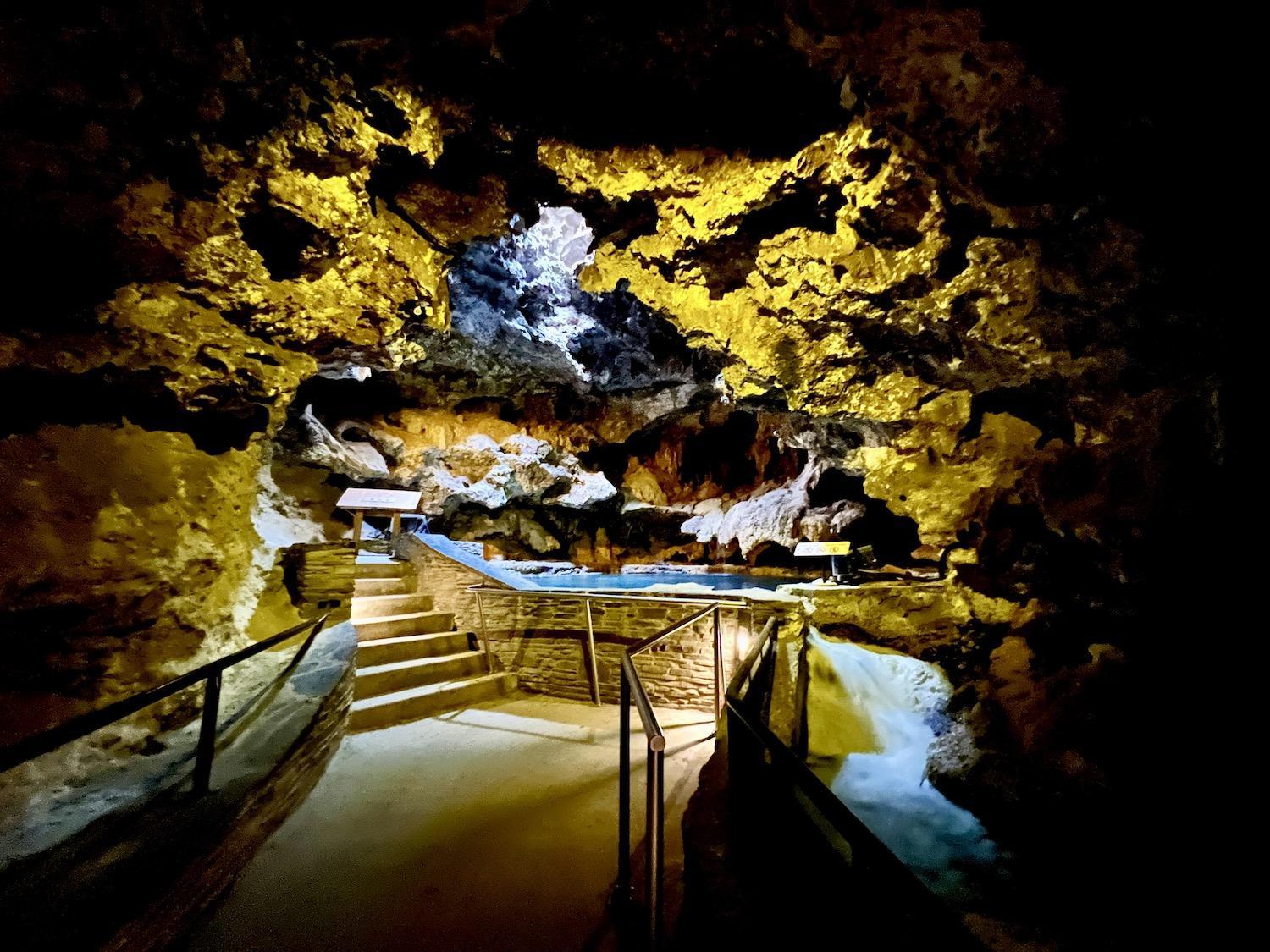
Inside the fabled cave with natural hot springs at Cave and Basin National Historic Site within Banff National Park/Jennifer Bain
A Pilgrimage To The Birthplace Of Canada’s National Park System
By Jennifer Bain
BANFF NATIONAL PARK — For 10,000 years, people from the Stoney Nakoda and other Indigenous nations climbed down rawhide ladders into a small mountain cave to trade, drum, sing, pray and bathe. They believed the natural hot springs water was a gift from the Creator and Mother Earth and used it for blessings and healing.
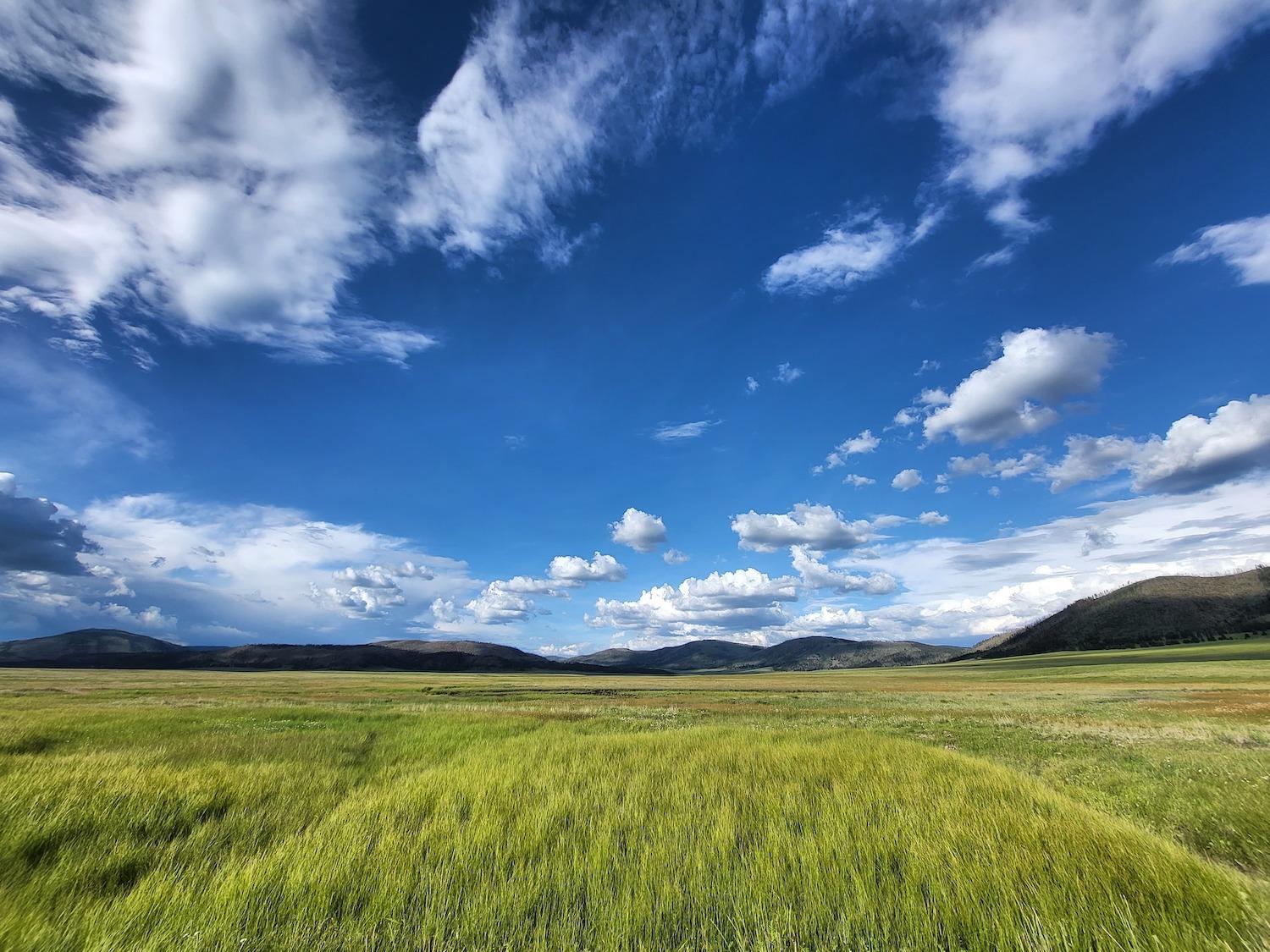
Growing pains have slowed the evolution of Valles Caldera National Preserve as a national park/NPS
Valles Caldera: A Diamond In The Rough
By Kurt Repanshek
VALLES CALDERA NATIONAL PRESERVE — Valles Caldera is a mountainous, forested landscape broken by sweeps of grasslands and which in places rises more than 11,000 feet in northern New Mexico. It is also, figuratively, a not quite 90,000-acre blank canvas upon which the National Park Service is working to create what it envisions will be a masterpiece.
VALLES CALDERA NATIONAL PRESERVE — It's not exactly the place where Hell bubbled up, but the vapor wafting from the crusty white soil and the heavy sulphuric odor are reminders that the volcano that created Valles Caldera 1.25 million years ago is not extinct, but rather in a deep, deep sleep.
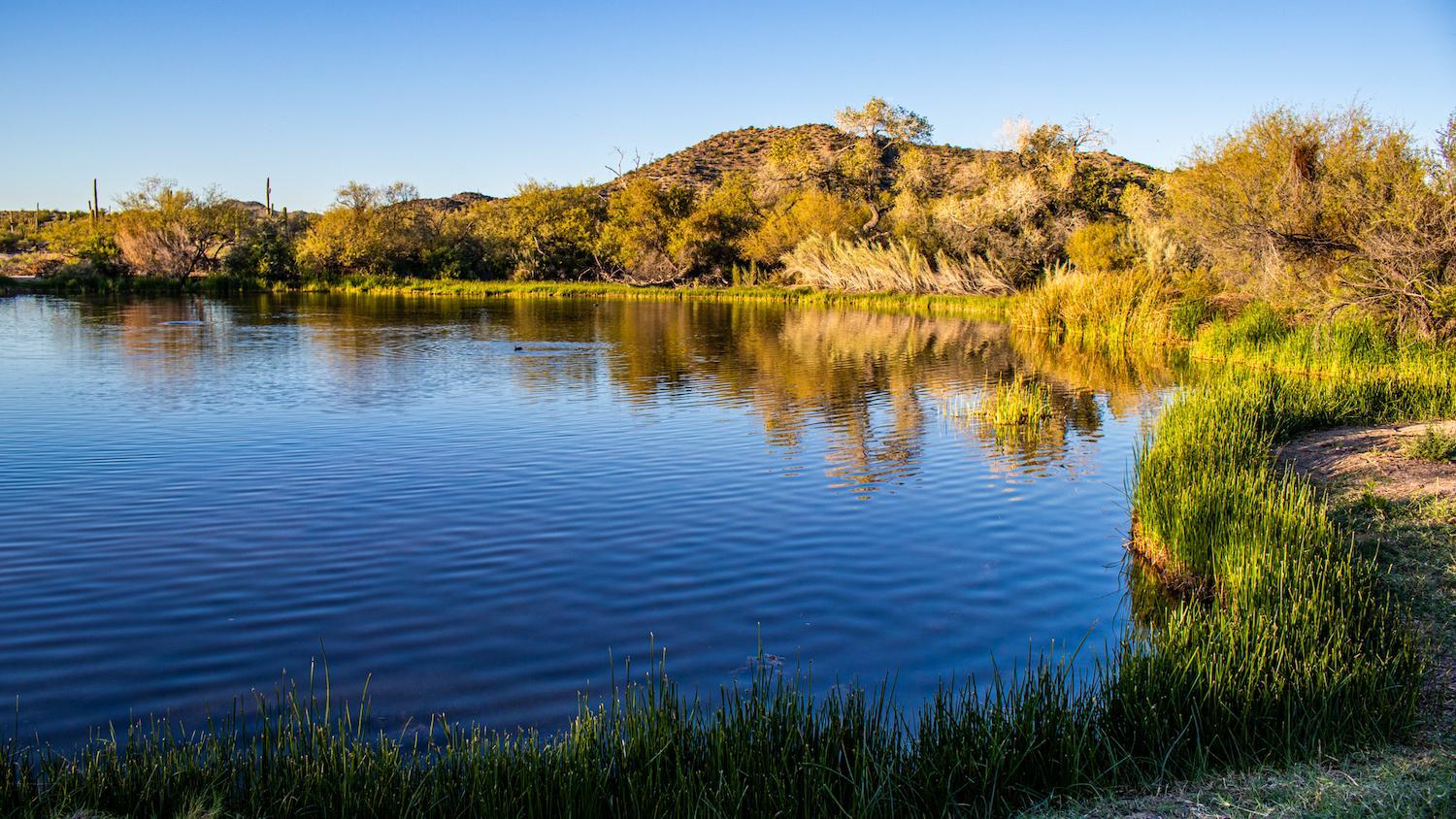
For thousands of years Quitobaquito Springs has quenched the thirst of travelers/Eric Jay Toll
Tracing The Ancient Salt Trails Through Organ Pipe Cactus National Monument
By Eric Jay Toll
ORGAN PIPE CACTUS NATIONAL MONUMENT — It was a well-trekked sandy trail leading us into the thick brush. A gentle breeze rustled the shrubs and straggling mesquite and ironwood trees. In an instant on the short track, we seemed to leave the Sonoran Desert behind and move into a stunted but lush preserve.
Windows To The Past At Great Smoky Mountains National Park
By Kim Kobersmith
GREAT SMOKY MOUNTAINS NATIONAL PARK — To reach the Walker Sisters Cabin, built around 1855, my traveling partner and I drove down a short gravel road to a small parking lot. We travelled the last mile on foot, up the old valley road. The trail followed a singing brook and leisurely climbed through a lush forest festooned with wildflowers. The last turn wended through an opening in the canopy and emerged into the center of the former 122-acre homestead.
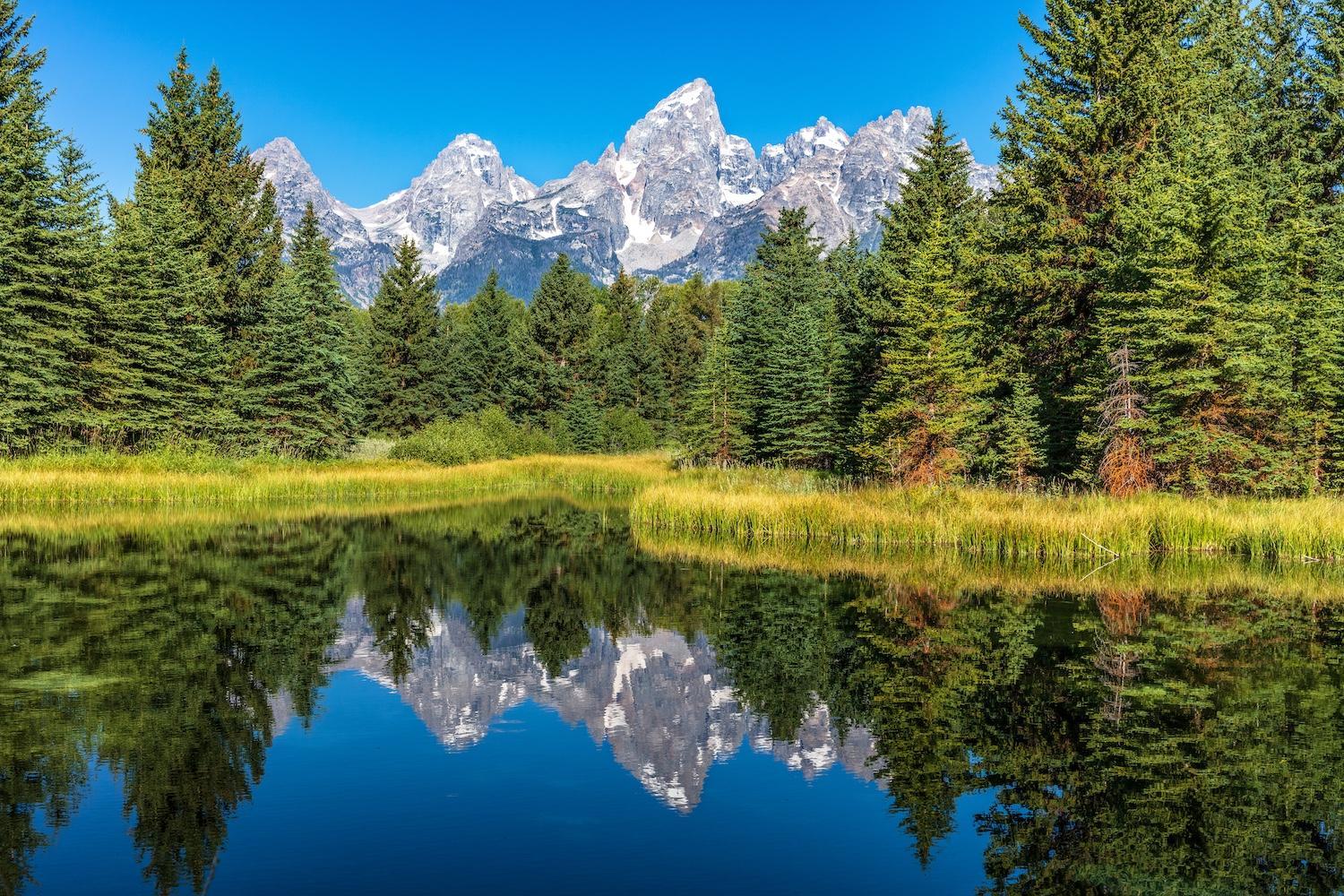
The chance discovery of an old poster at Grand Teton National Park led Doug Leen on a course of preserving the story of Works Progress Administration park posters/Rebecca Latson file
One Man's Crusade To Save National Park History
By Kurt Repanshek
Doug Leen is nothing if not persistent.
In the more than 150 years of national park history in the United States, a short four-year chapter hardly seems significant, and it surely would have vanished into obscurity were it not for Leen's determination not to let it fade away.
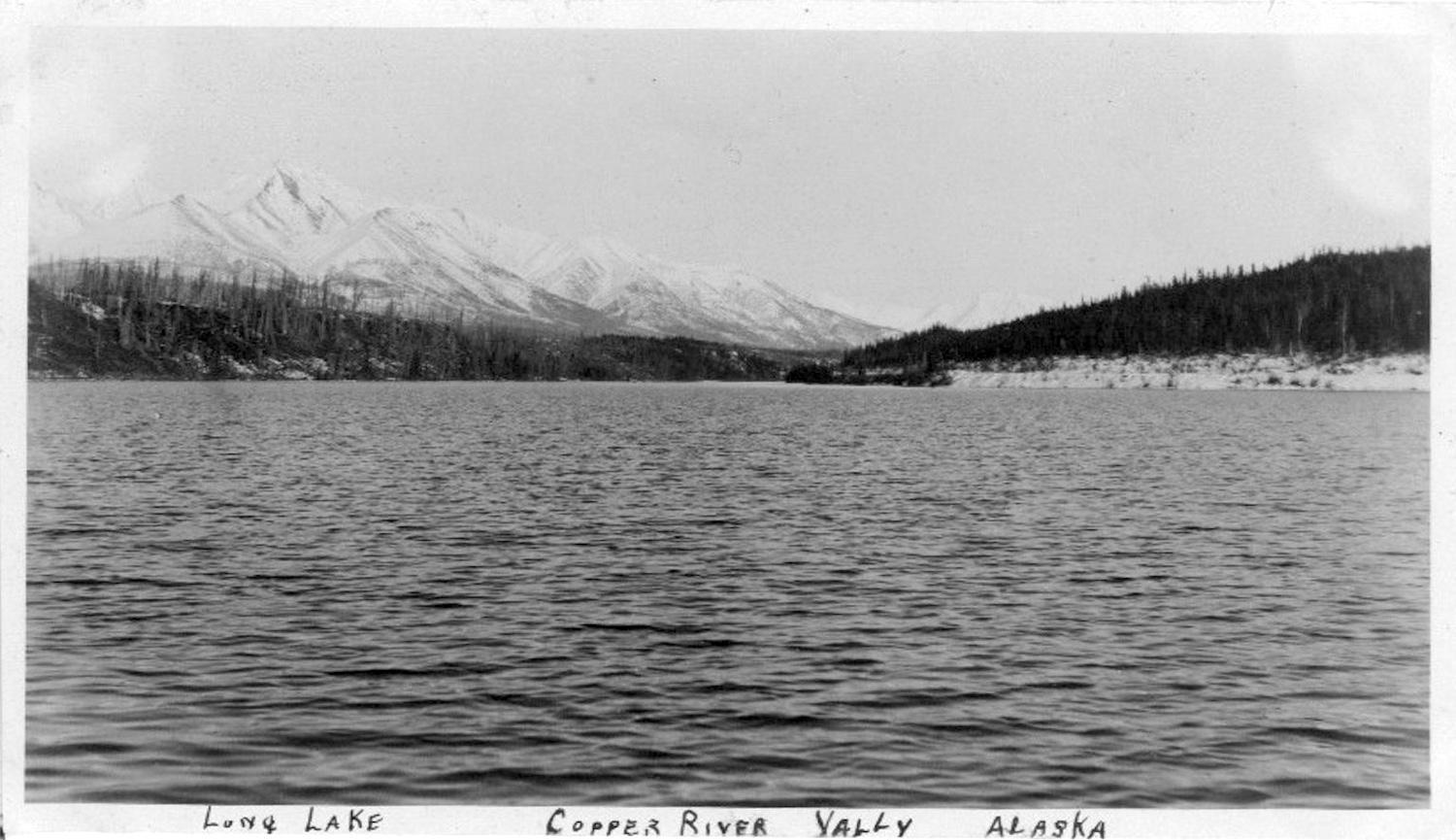
Long Lake, in the preserve section of Wrangell-St. Elias National Park and Preserve, where George Flowers made his life/Ethel LeCount Collection/Courtesy of Jean Replinger, Rusk County Historical Society, Wisconsin
Wrangell-St. Elias National Park And Preserve: The Journey Of George Flowers
By Barbara 'Bo' Jensen
WRANGELL-ST. ELIAS NATIONAL PARK AND PRESERVE — Driving along the McCarthy Road into Wrangell-St. Elias National Park and Preserve, I slow down to gaze at Long Lake. Three miles in length, the private lake within the preserve feels like a peaceful summer camp pond, ringed with snug cottages, leafy trees, and sunny wildflowers. Nothing about the idyllic scene reveals the perilous hardships of one man’s odyssey to reach gold-rush Alaska.
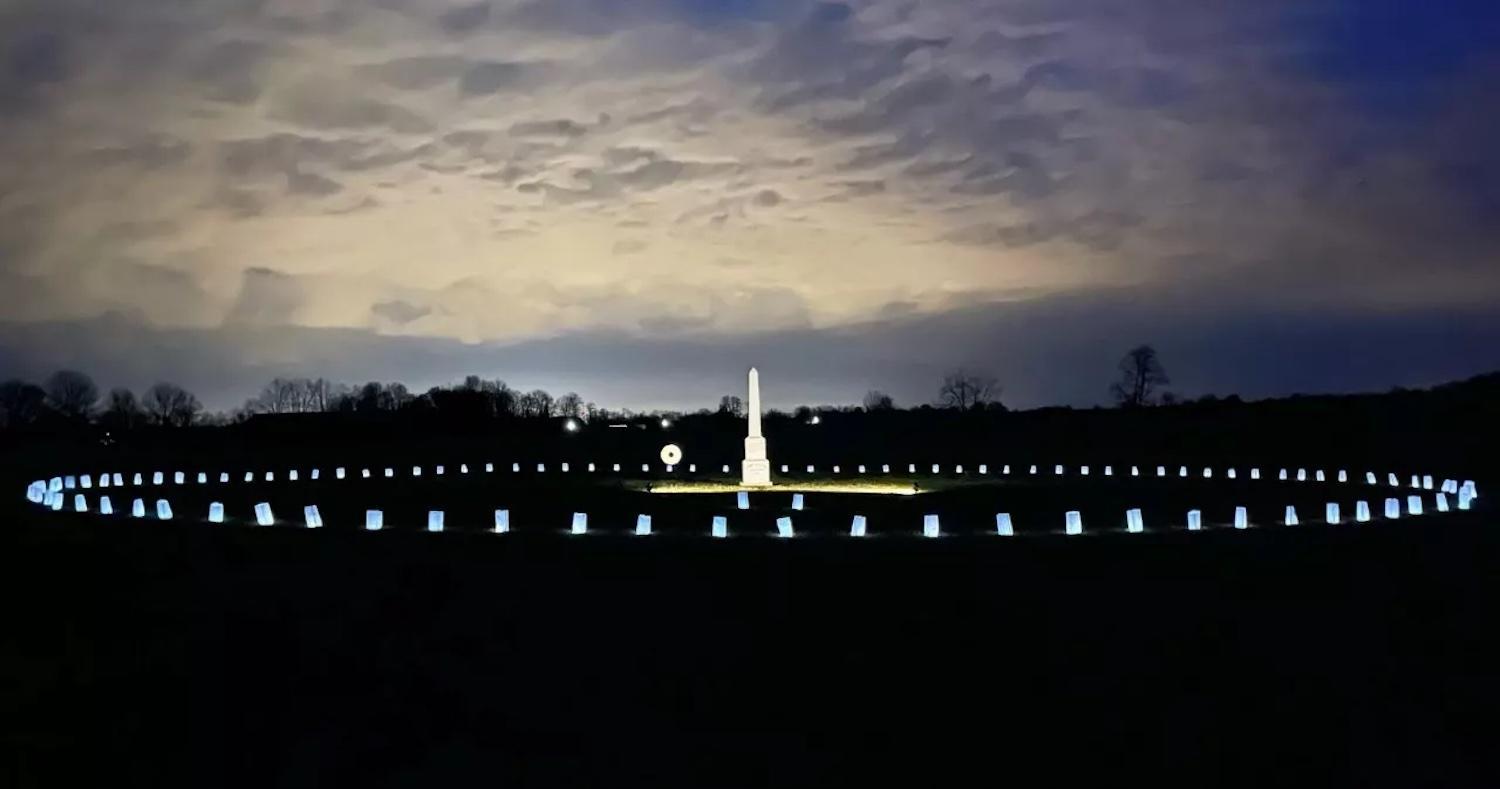
This memorial obelisk marks Camp Nelson's Graveyard 1, which is believed to hold hundreds of civilian graves from the Civil War era/NPS
Camp Nelson National Monument: More Than An Army Outpost
By Kim Kobersmith
CAMP NELSON NATIONAL MONUMENT — As the Civil War raged in the mid-1860s, a bucolic pocket of Kentucky stood out as a beacon of freedom for enslaved men and women, though it proved elusive as the nation struggled over what was morally right.
“It used to be five hundred miles to get to Canada from Lexington, but now it is only 18 miles! Camp Nelson is now our Canada,” wrote one Black man who escaped slavery and enlisted in the United States Colored Troops at Camp Nelson, eventually earning a rank of sergeant.
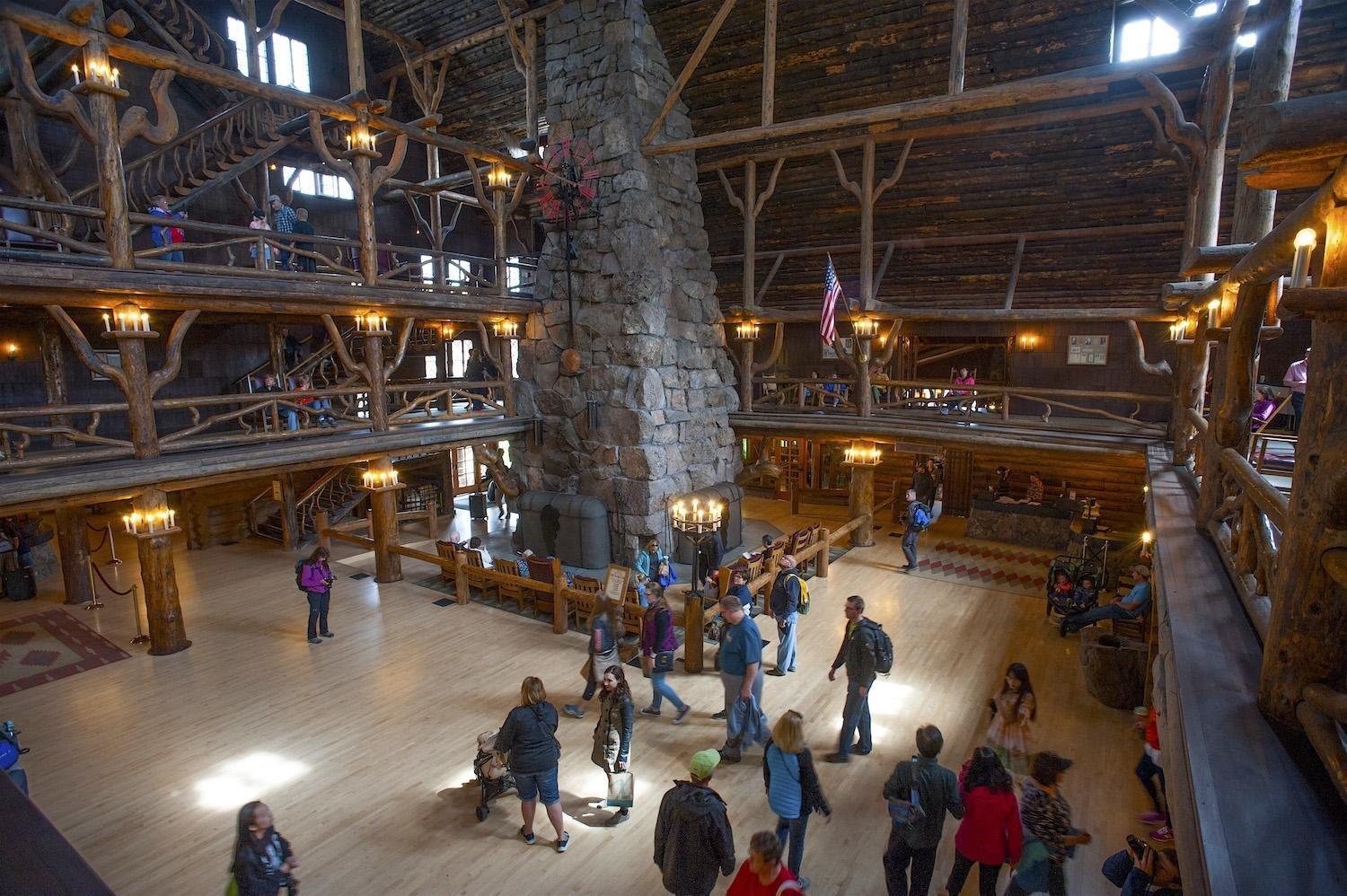
Lodging rates at the Old Faithful Inn were uncapped by the National Park Service/Patrick Cone fil
The National Parks' Lodging Problem
By Kurt Repanshek
There are, across the National Park System, rising lodging rates that likely block a wide segment of Americans from experiencing a night or two in the some of the system's most iconic lodges and cabins. Places like Lake Hotel and the Old Faithful Inn in Yellowstone, El Tovar at the Grand Canyon, the Ahwahnee in Yosemite, Cavallo Point at Golden Gate National Recreation Area, Jenny Lake Lodge in Grand Teton, the Many Glacier Hotel in Glacier.
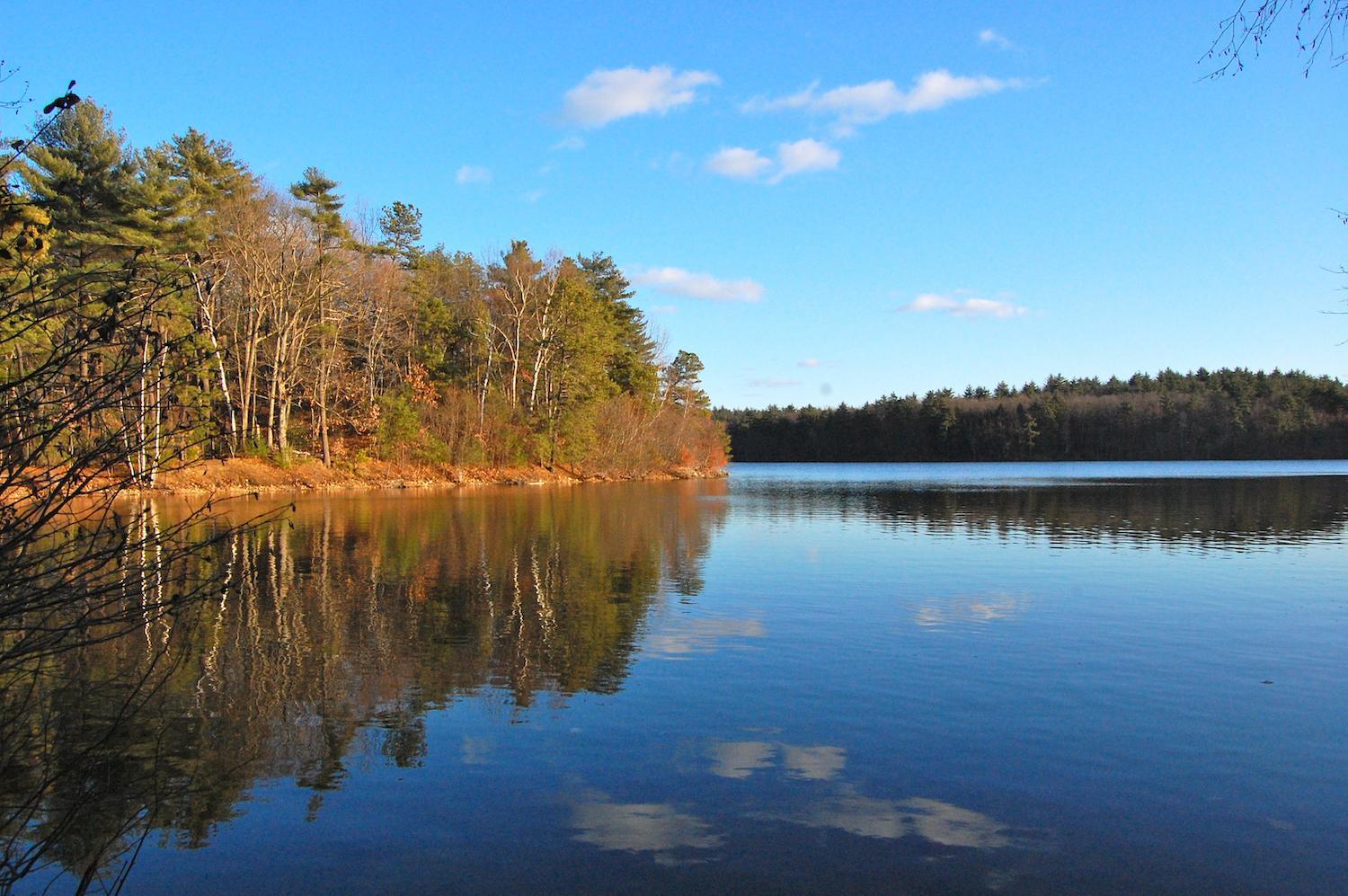
Walden Pond/By ptwo from Allahabad, India - 985Uploaded by Ekabhishek, CC BY 2.0, https://commons.wikimedia.org/w/index.php?curid=16428533
Cultural And Historical Benefits Of Expanding The National Park System
By Kurt Repanshek
Retiring at day's end to a small, hand-built cabin on the lakeshore, Henry David Thoreau spent two years searching nature for lessons it could teach him.
"I wished to live deliberately, to front only the essential facts of life, and see if I could not learn what it had to teach, and not, when I came to die, discover that I had not lived," he would explain in Walden; Or Life In The Woods.
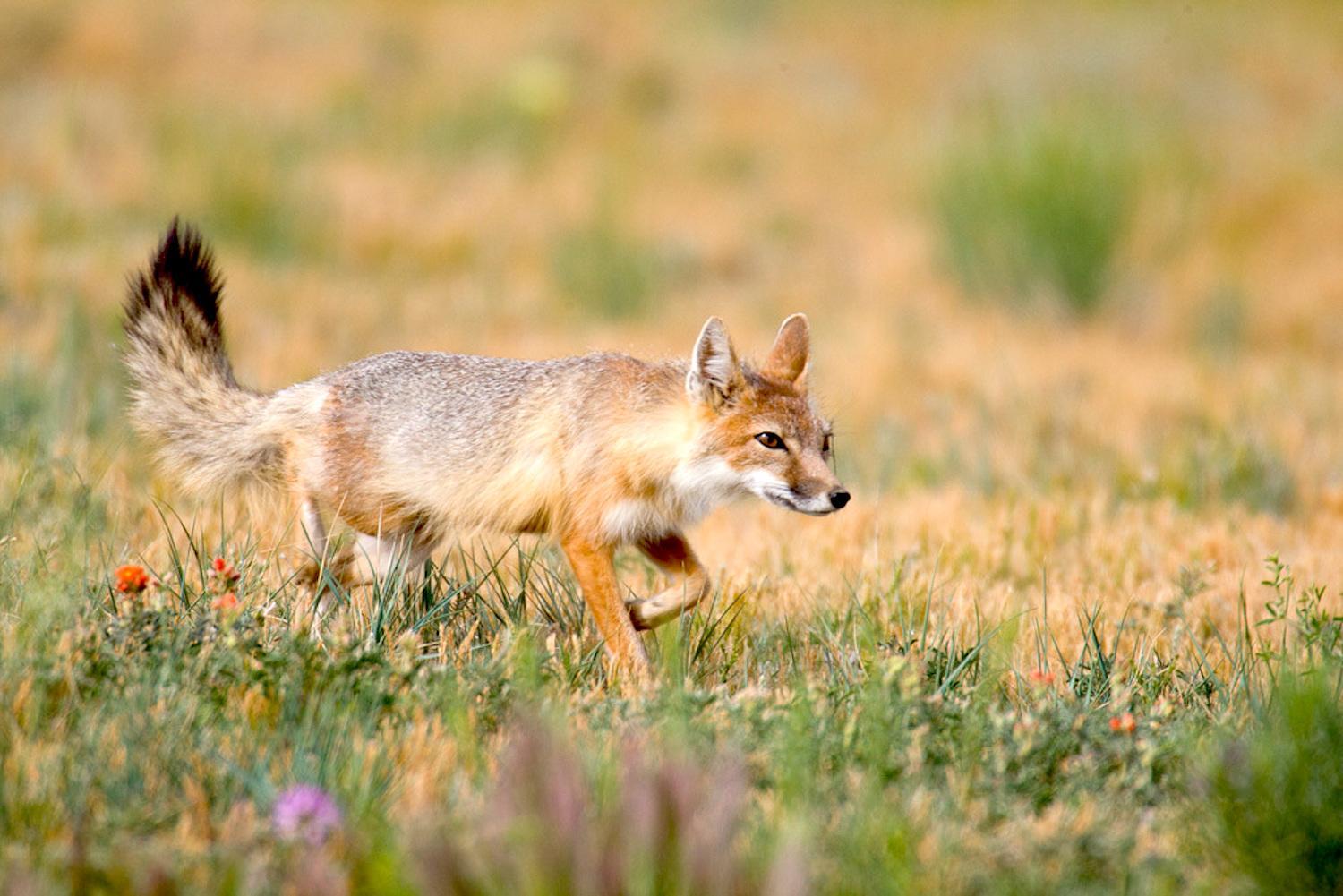
The Swift fox avoided extinction thanks to collaborative efforts and protected habitat/(c) Greg Lasley, some rights reserved (CC BY-NC)
National Park System Expansion Is Key To Biodiversity Protection
By Kurt Repanshek
Barely 7 pounds in weight and maybe a foot tall, the Swift fox historically was synonymous with North America’s shortgrass prairie and grasslands that once blanketed mid-continent. Spending most of its days in a burrow, the fox came out at night to hunt small prey in the rolling landscape of buffalo grass, bluegrass, and wheatgrass.
But the species, the smallest of foxes, was almost lost to history due to early 20th-century predator eradication programs and habitat loss.
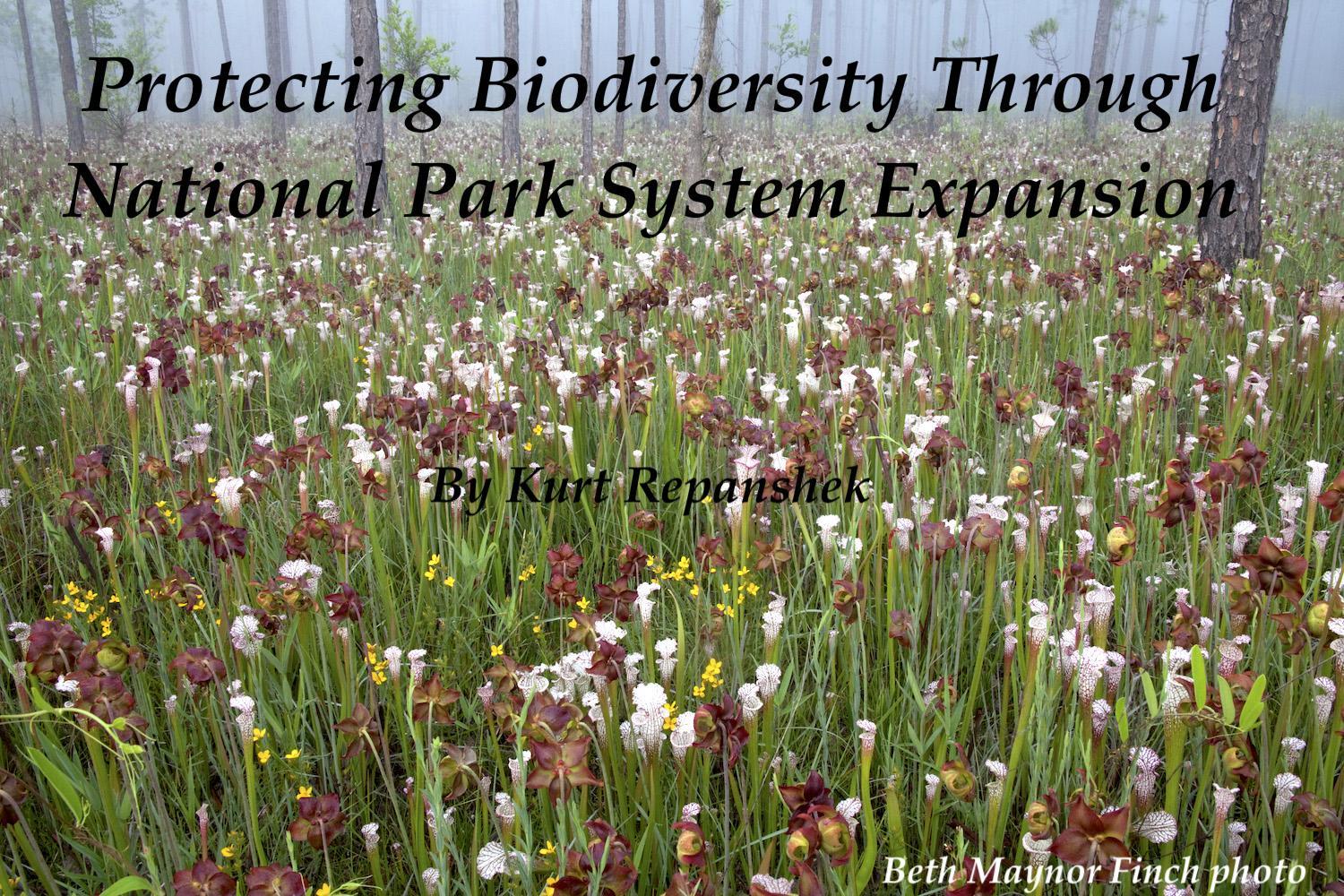
It’s the reptilian equivalent of a battle tank. Weighing upwards of 250 pounds for males at maturity, alligator snapping turtles have a powerful beak that can take off careless fingers, and a carapace featuring three spiny rows reminiscent of the ridgeline of plates atop a stegosaurus. North America’s largest freshwater turtle, these reptiles appear as throwbacks to dinosaurian days when to survive you needed not only body protection but to be something of an apex predator.
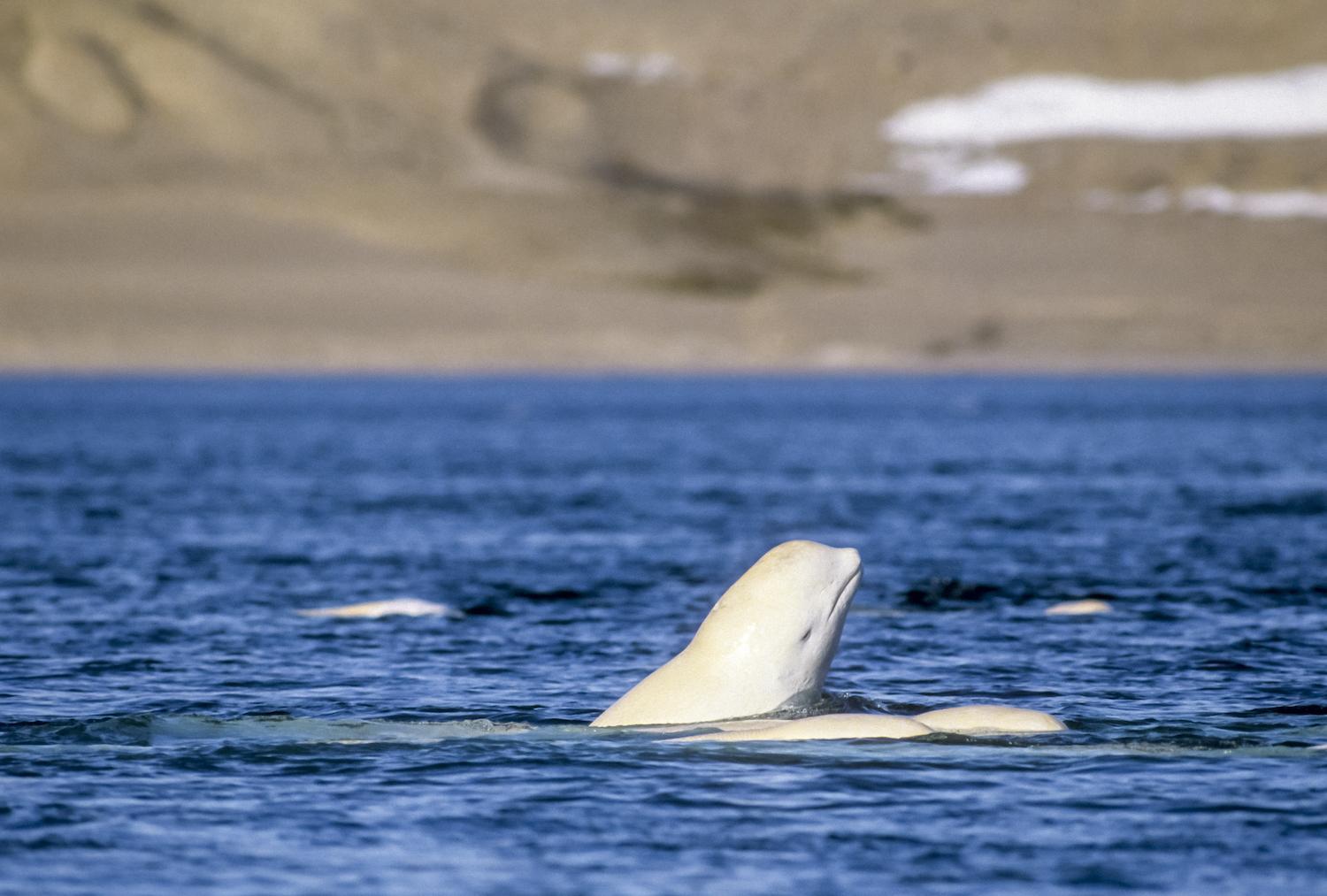
Boaters must stay at least 400 metres (1,312 feet) away from belugas in Saguenay-St. Lawrence Marine Park in Quebec/Parks Canada
Belugas Are The Protected Stars Of Saguenay-St. Lawrence Marine Park
By Maureen Littlejohn
Saguenay-St. Lawrence Marine Park — Dressed head to toe in bright red weatherproof gear, members of our whale-watching group laughed and yelped as we hit a wave and salty spray came over the side of the Zodiac. Then we quickly got back to business. We were scanning the horizon at Saguenay–St. Lawrence Marine Park, looking for whales.
Located in Québec where the Saguenay River meets the St. Lawrence River, the park is one of the best places in the world to see the lords of the sea.
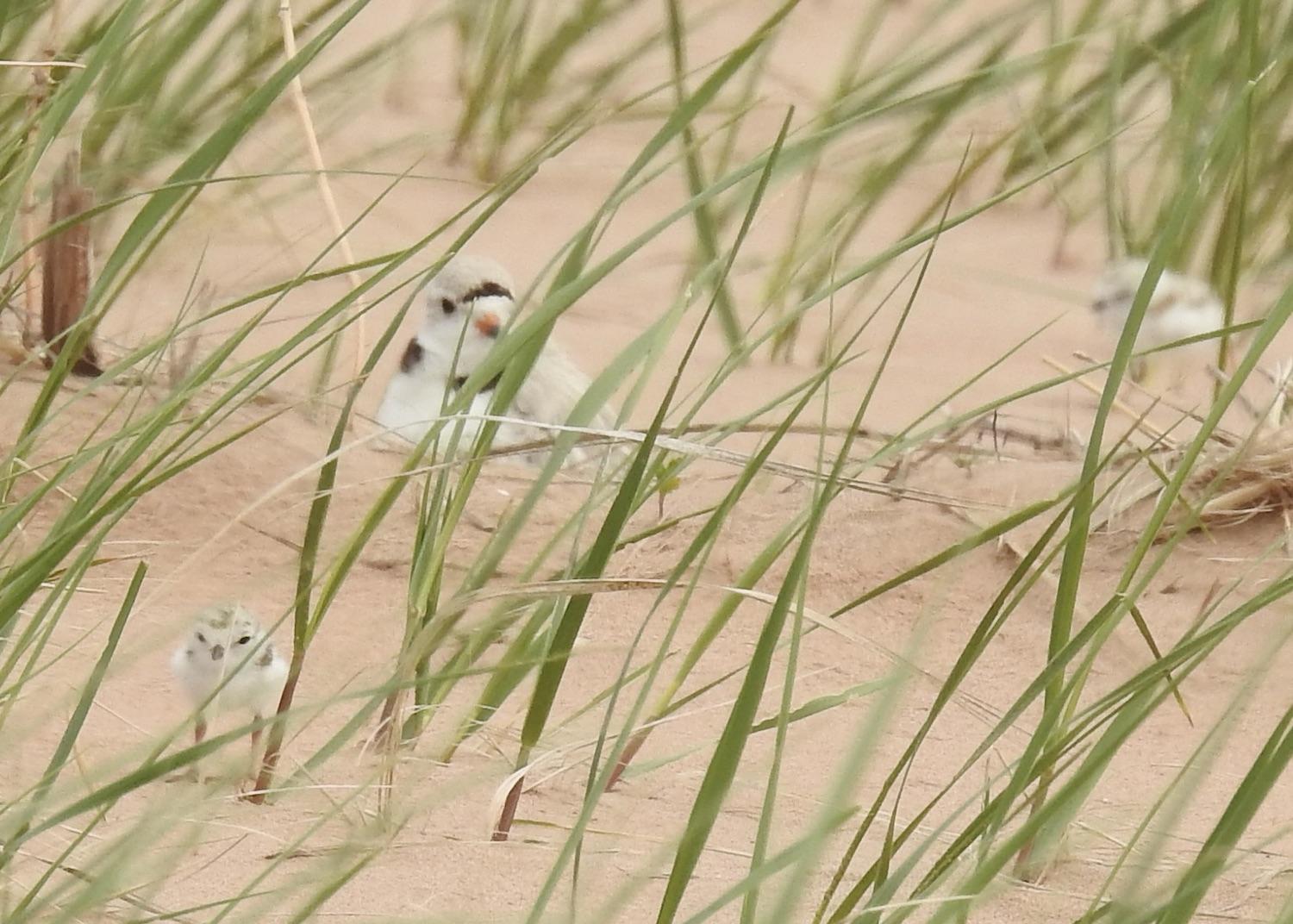
A Piping Plover keeps a watchful eye on two chicks exploring the sandy beach in Prince Edward Island National Park/Lily McLaine, Parks Canada
Protecting Nesting Piping Plovers In PEI National Park
By Jennifer Bain
PRINCE EDWARD ISLAND NATIONAL PARK — Just a handful of days old, the Piping Plovers looked like cotton balls on toothpicks as they merrily darted around the foredune exploring the marram grass in the June sun. They were going at full tilt, though, so it was tough to get a good look with binoculars and even harder to capture a decent photograph.

Climate-Change Concerns Prompting New Review Of Comprehensive Everglades Restoration Program
By Craig Pittman
Twenty-three years ago, amid what seemed at the time to be the biggest election dispute ever, then-President Bill Clinton and Florida’s then-Gov. Jeb Bush met at the White House to sign a momentous environmental measure.
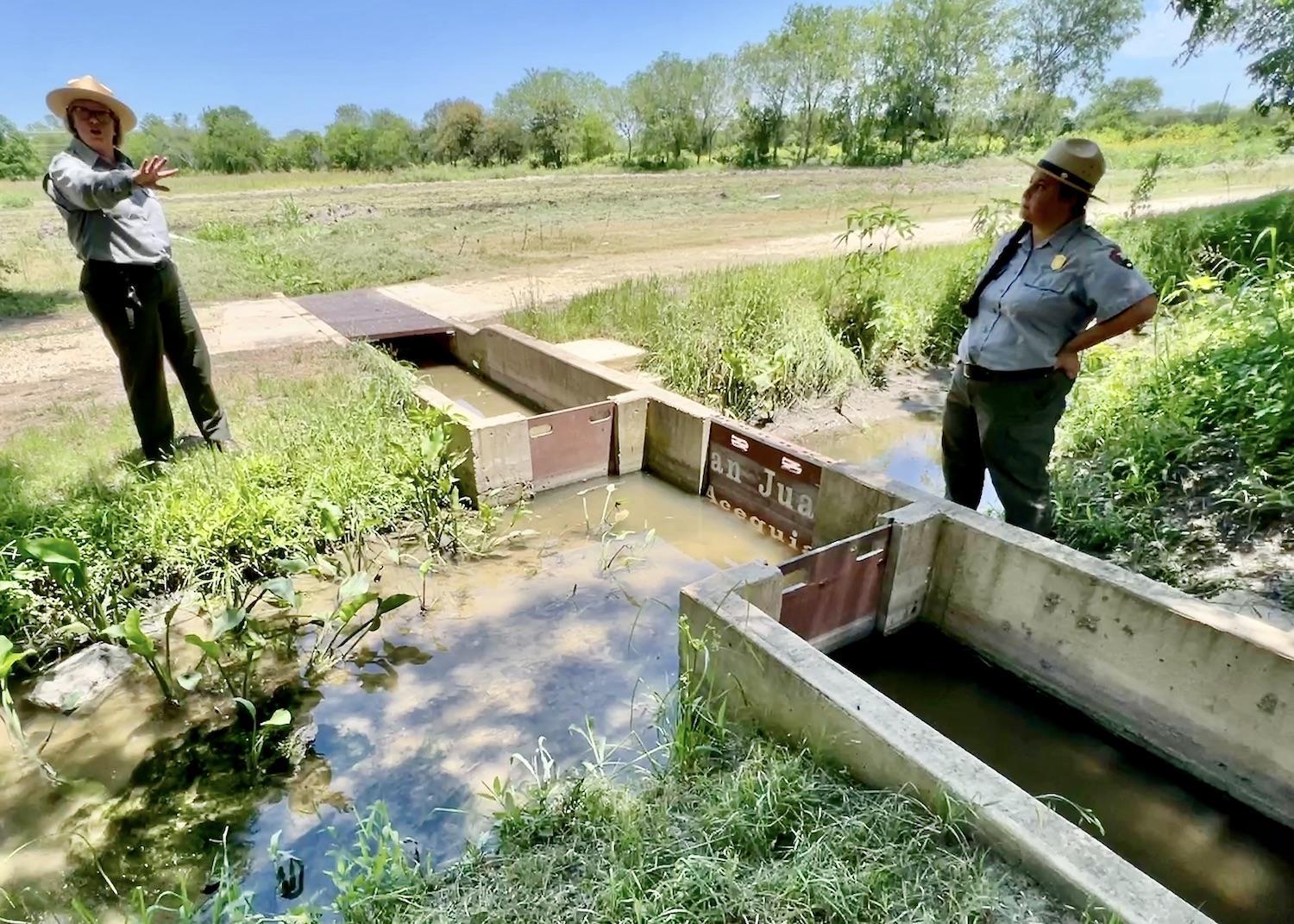
At Mission San Juan, Superintendent Christine Jacobs and Ranger Destiny Gardea stand at the sluice gates of an ancient acequia that is used to water fields farmed by the San Antonio Food Bank/Jennifer Bain
Farming With Ancient Acequias At San Antonio Missions
By Jennifer Bain
SAN ANTONIO MISSIONS NATIONAL HISTORICAL PARK — With a pleasing whoosh, the water from the acequia was released through a sluice gate at Mission San Juan in San Antonio and trickled through a hand-dug irrigation ditch towards a demonstration field teeming with corn, peppers and squash.
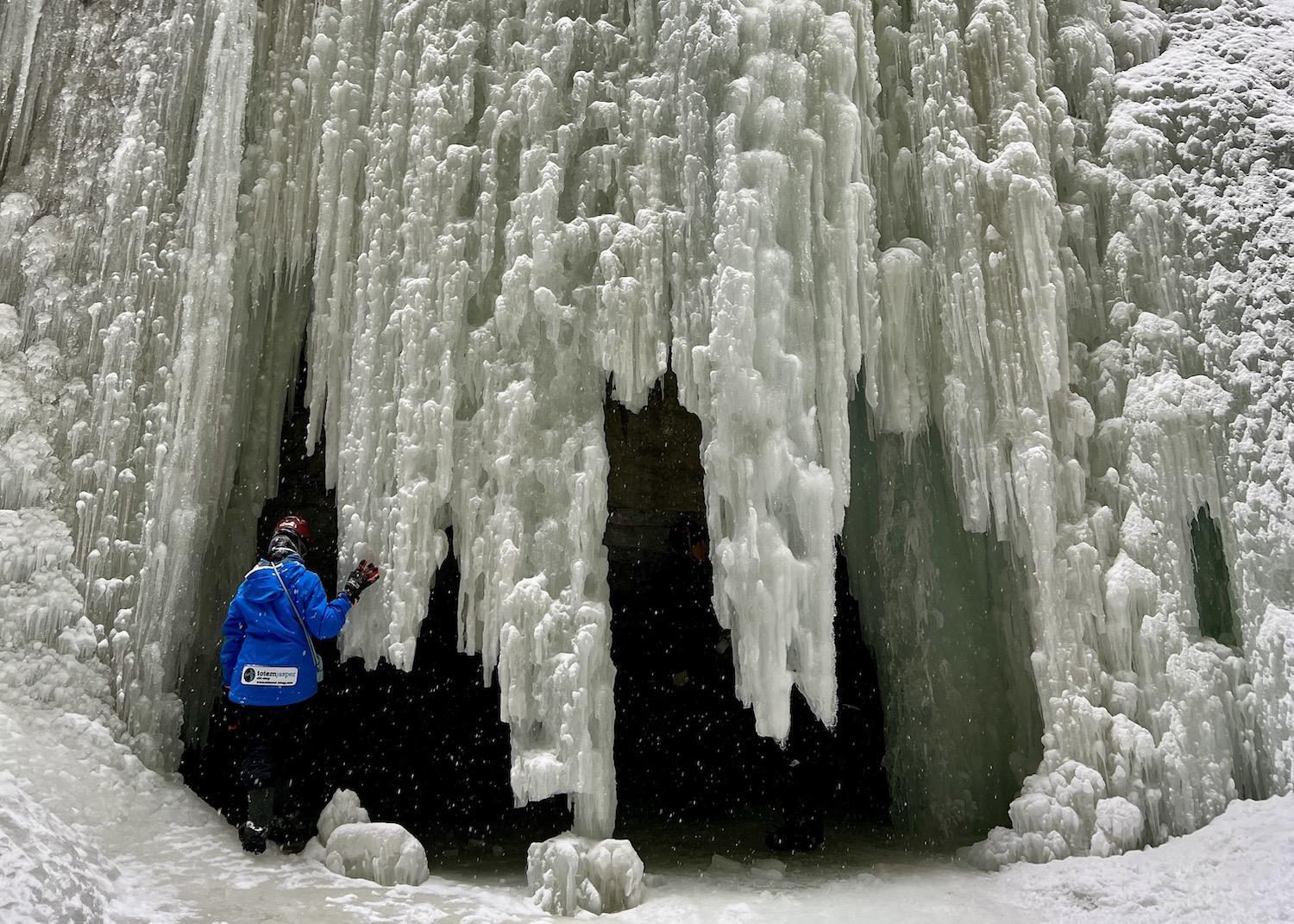
Entering a small cave with an icy overhang on the Maligne Canyon Ice Walk in Jasper National Park/Jennifer Bain
Taking An Icewalk Through Jasper's Maligne Canyon
By Jennifer Bain
JASPER NATIONAL PARK — As promised, Maligne Canyon wraps us around its icy finger with its spellbinding frozen waterfalls, giant icicles and frosted limestone walls.
Darting into an ice cave through an opening in the icicles is a quick and carefully controlled thrill. I chicken out in the face of an optional natural ice slide, but there’s only one way through a narrow gap between rocks and that’s straight down on a “bum slide.”
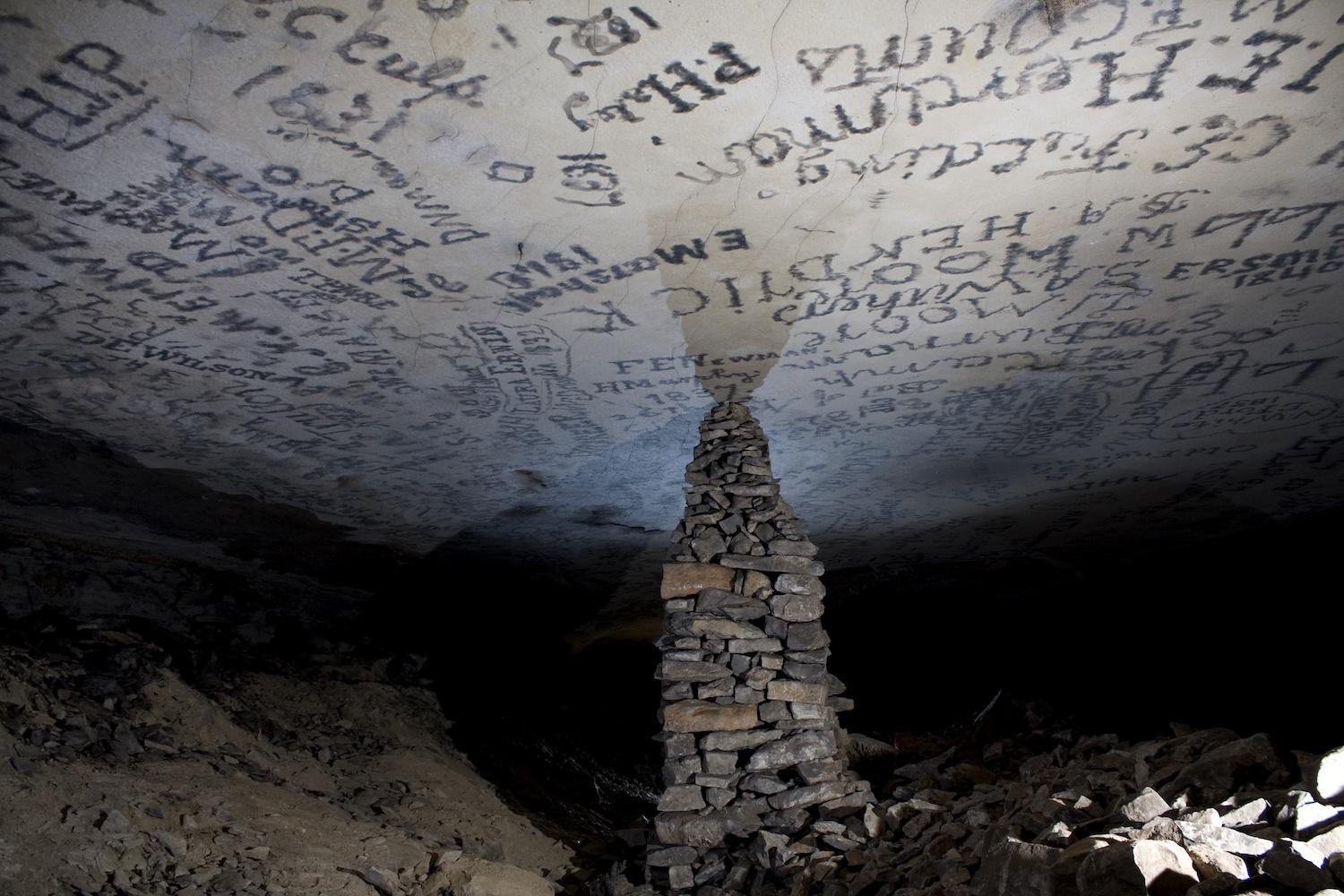
Somewhere among the many names on the roof of Gothic Avenue is "Mat 1863"/NPS
A Mammoth Family Story
By Kim Kobersmith
Mammoth Cave guide Jerry Bransford has a favorite moment during his cave tours. It is while the group passes through Gothic Avenue, a chamber of historic graffiti written by guides and tourists on the cave walls with smoke, or soot. He points out one inscription in particular that simply says, “Mat 1863.” Then he begins to tell the story of Mateson Bransford — one of the first guides in the cave and his great-great-grandfather.
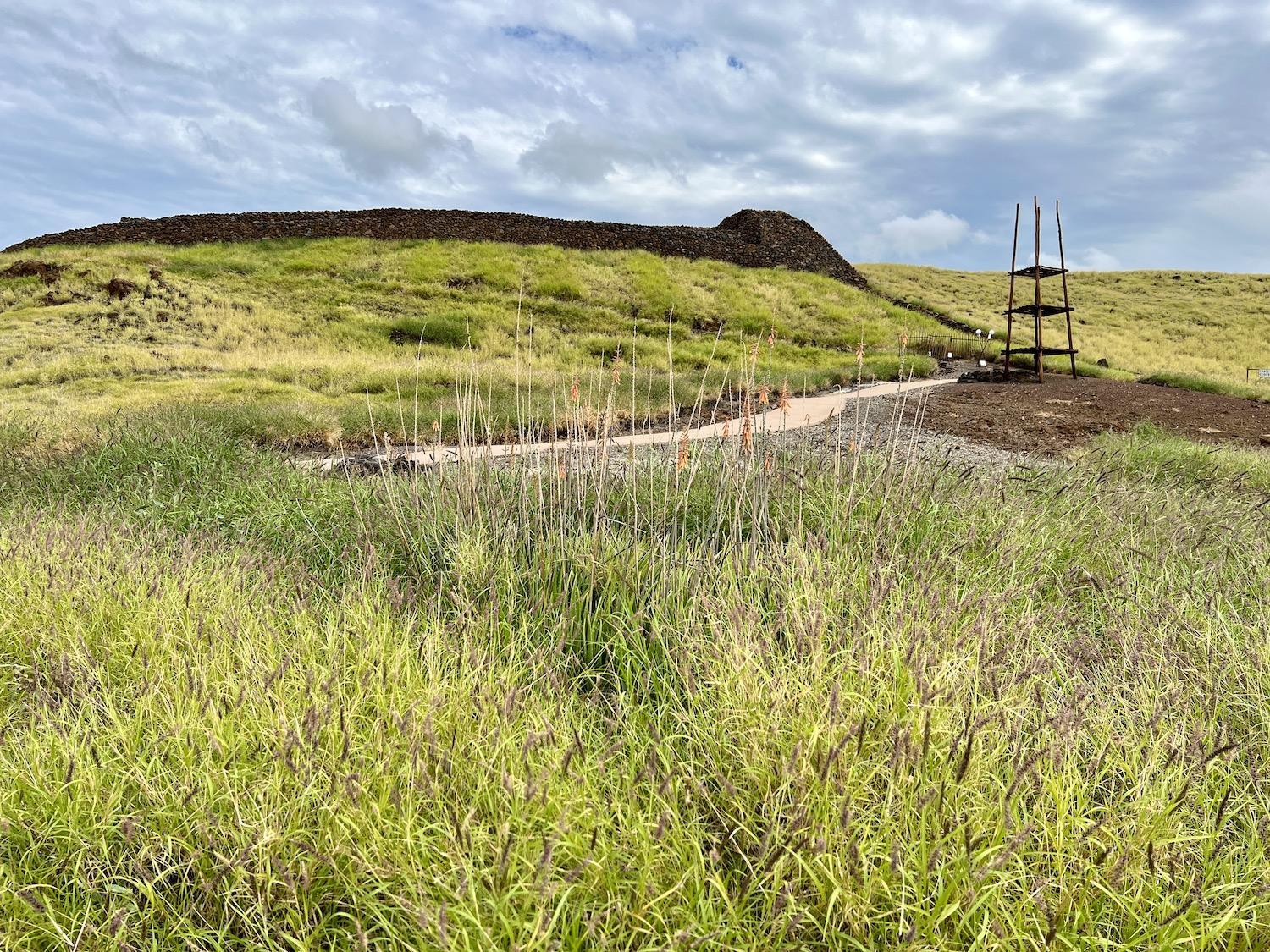
Pu'ukoholā Heiau National Historic Site protects this Pu'ukoholā Heiau (Temple on the Hill of the Whale)/Jennifer Bain
Ancient Temples And Migrating Whales At Pu'ukoholā Heiau National Historic Site
By Jennifer Bain
Pu'ukoholā Heiau National Historic Site — Much is left up to the imagination when you watch koholā (humpback whales) from shore on Hawaiʻi Island. You will see plenty of blows in the distance, as well as tail and pectoral flipper slaps. You may luck into spyhopping or a dramatic breach — but you need binoculars or a spotting scope to really see what’s going on. Mostly, you have to be patient and fill in the visual blanks.

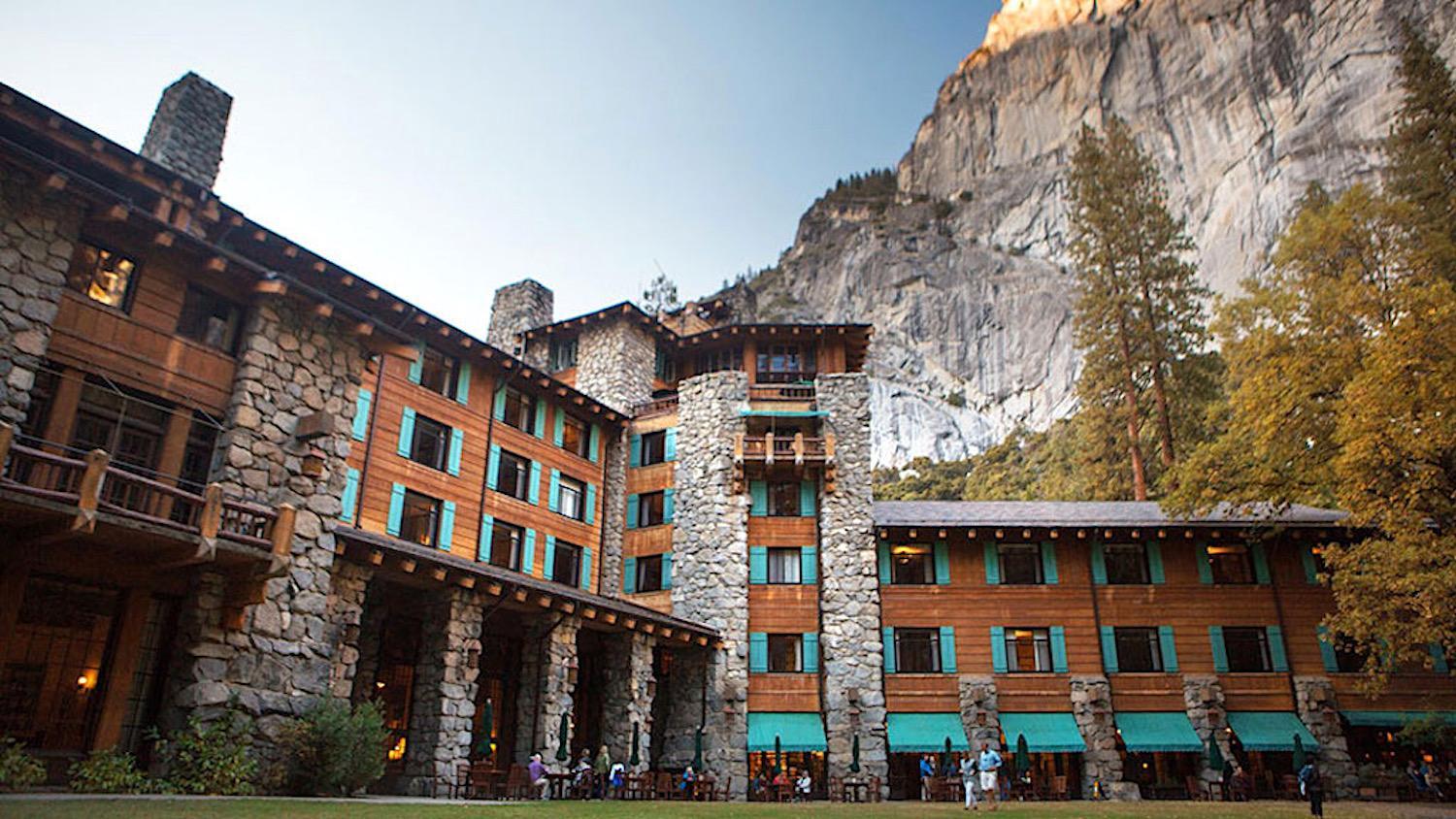
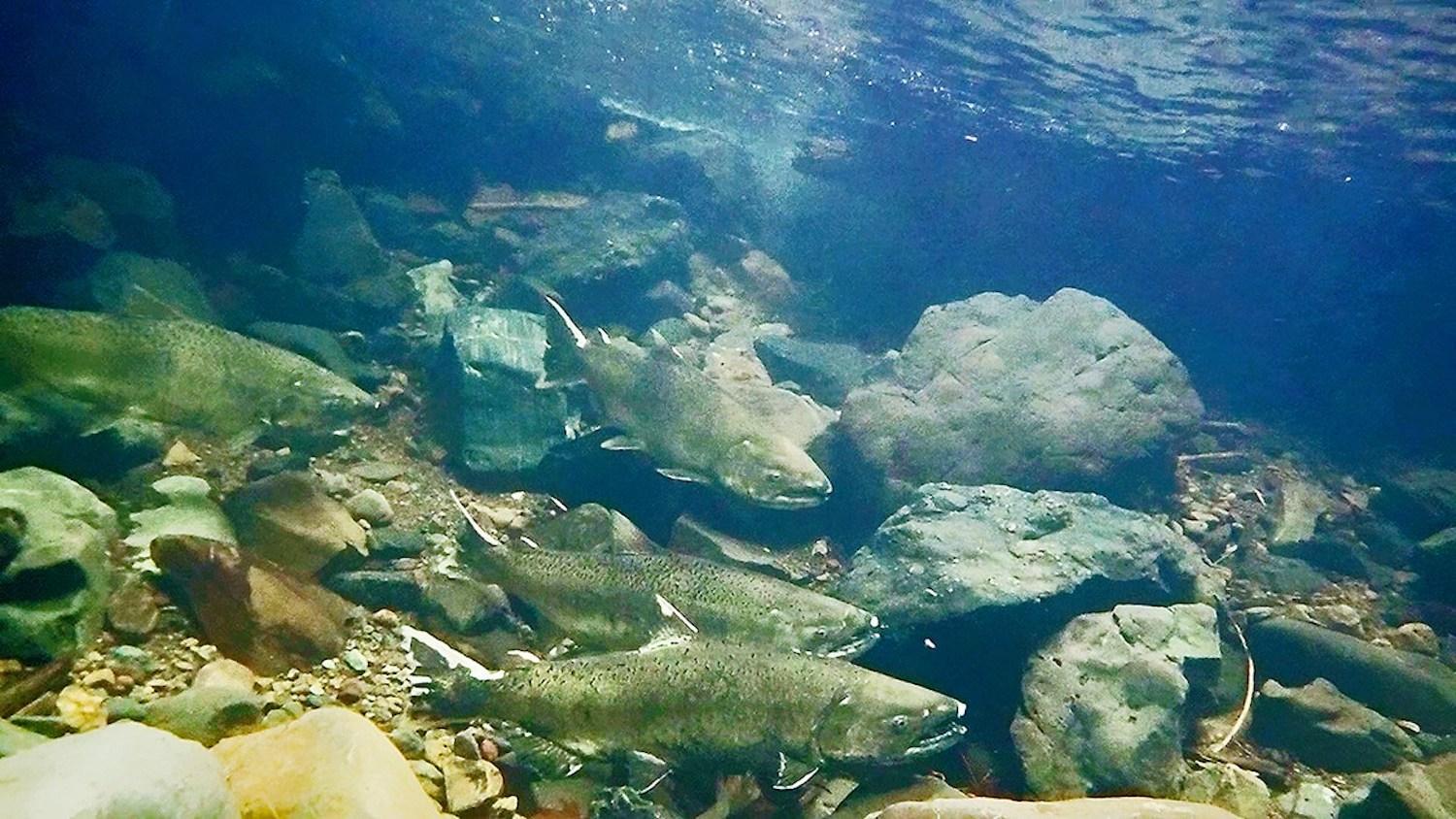
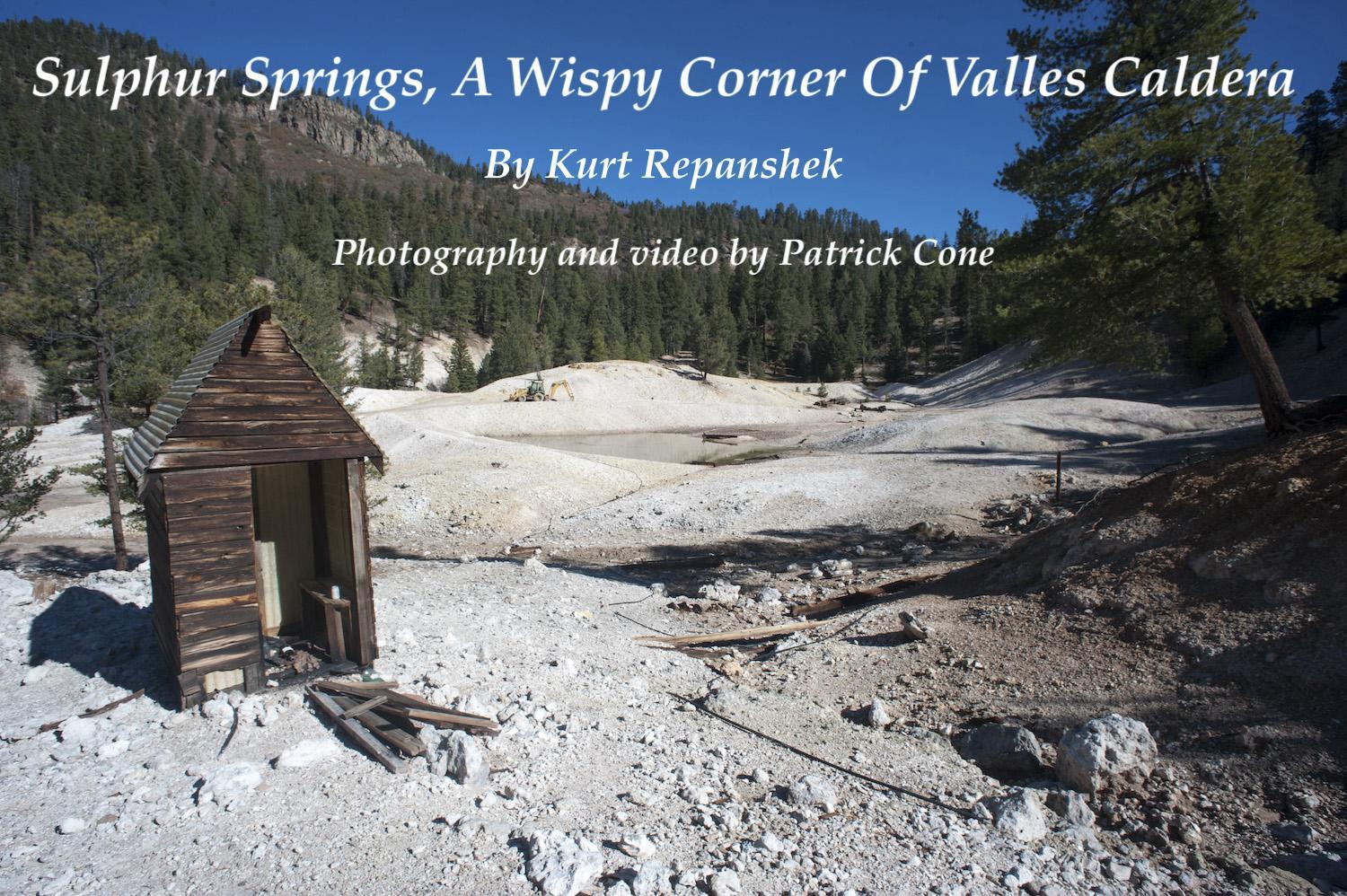
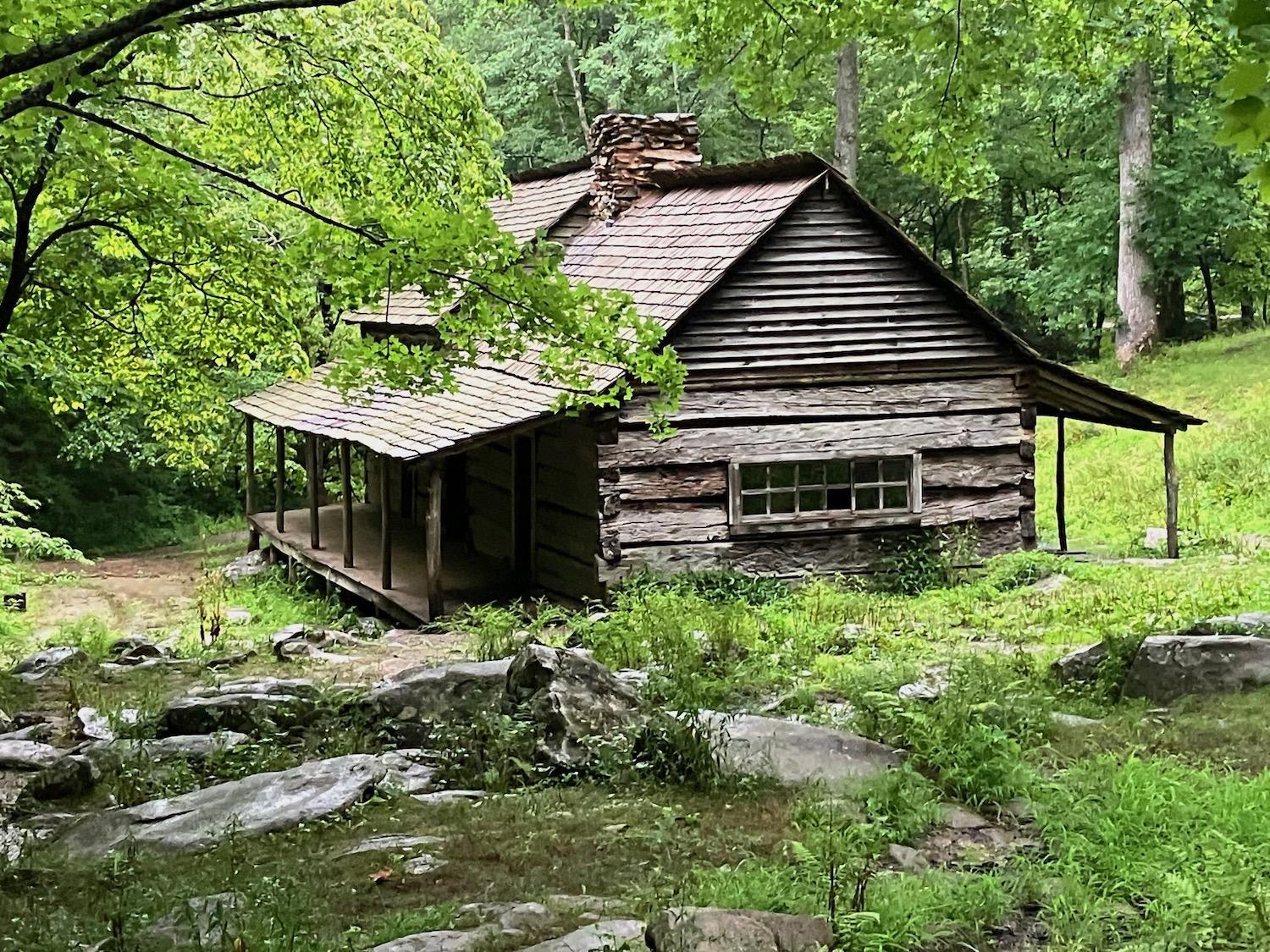
Comments
Thank you for posting. Good articles.
The Great American Outdoors Act has been a tremendous plus for the NP System. Bipartisan legislation is something we could all embrace.
I don't understand why the Department of the Interior doesn't do more to tout its success. Seems like a winner.